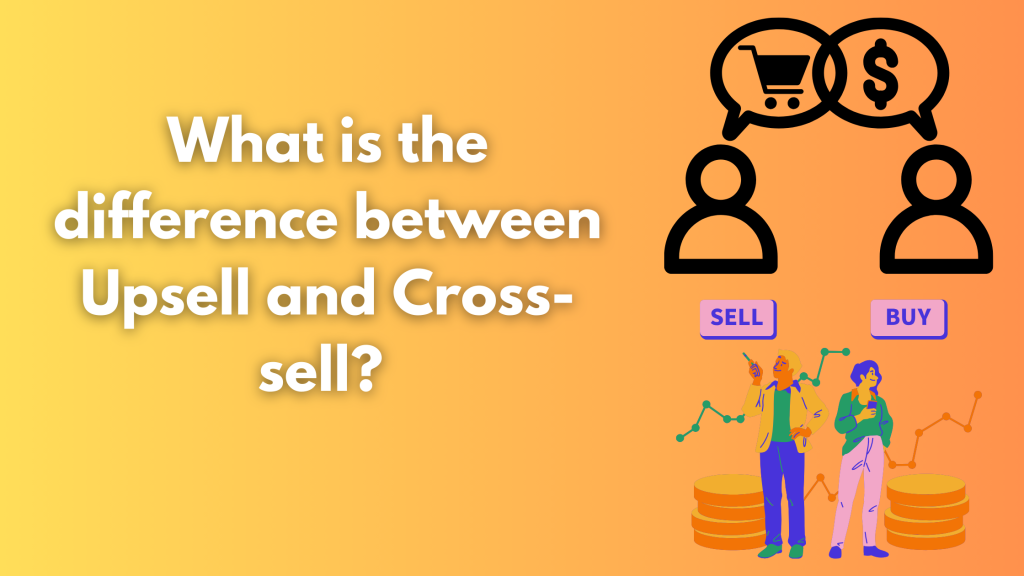
Boosting your sales is very complex and competitive, to stay relevant in the market you must market your product and service smartly. For that, you must know the correct way to sell your product. Some brands use cross-selling to increase their sales while some use upselling. At the same time, some use a mix of both methods.
Many small and medium enterprises or startups need clarification about upselling and cross-selling. Both these strategies are useful but in different situations. However, in some situations, you can use a mix of methods to increase the revenue, conversion rate, and user experience. According to a study, by using upselling and cross-selling your revenue can increase by 42%. 72% of salespersons say that 1-30% of a brand’s sales come from upselling and 74% state the same for cross-selling.
To use these strategies, you must first understand the difference between upsell and cross-sell, and when you should use it. Also, you should know how to use it!
What are upselling and cross-selling, and what are their differences?
Upselling is a technique where you encourage the customers to purchase a comparatively higher product than the one they are considering buying. Whereas cross-selling encourages customers to buy related or complementary products. Although they are related products they have their unique benefits.
Cross-selling and upselling are two methods where you approach an existing customer and encourage or convince them to purchase additional products and services from you. A brand should utilize its existing and potential customer base to increase sales by offering relevant additional products to the correct customer.
While using upselling, you aim to sell more expensive and luxurious products to the customers than they had planned. You highlight the additional benefits and supreme quality of the product to convince the customer. An example of upselling could be a Broadband service provider selling you a premium plan with a faster speed, unlimited data, and free subscription to streaming apps, etc. To further convince a customer they can create a sense of urgency by stating that the price will rise in the future and the offer is valid for a limited time.
On the other hand cross-selling, you sell related products to customers that they did not intend to buy in the first place. You convince some so effectively that they could not resist buying it. An example of cross-selling is an electronic retailer offering a deal on the TV set purchased by a customer. He will influence the customer to buy a music speaker along with it. The salesman will be so convincing that the customer will buy it.
Both upselling and cross-selling aim to increase revenue and customer satisfaction. However, there are certain differences in them:
- Cross-selling never intends to replace the current choice of the customer with a more expensive product because cross-selling focuses on complementing whereas upselling focuses on upgrading.
- Upselling includes a higher price point, while cross-selling includes additional products.
- Upselling aims to sell a more expensive product and is easier to achieve than cross-selling, which takes more effort, research, and knowledge.
- In upselling your earnings are enhanced because you are selling a more enhanced product while in cross-selling your revenue increases because you are selling more products.
- Upselling doesn’t require an in-depth study of the customer’s past purchases etc but while cross-selling you must analyze customers’ past purchases. For example, your customer is a gym freak and has purchased a yoga mat from you, while analyzing his past purchases you notice that he has purchased a gluten-free flour from your store. With this information, you will not only sell him a yoga mat but also show him different gluten-free flour, protein powder, and other gym and diet-related products. You have to convince the customer to purchase the additional products as well.
When to use Upsell and Cross Sell

Upsell and Cross-selling are popular sales technique used by brands because they benefit from it. Upselling helps in increasing revenue and enhances customer retention and customer satisfaction. Cross-selling helps in increasing average order value, improving customer experience, and building customer loyalty. Many brands use a mix of both techniques. There are many situations where you should use cross-selling and upselling
Upselling Opportunities
- The customer is engaging with employees
- Customers buying an average product
- Customers have shown interest in premium products
- Customers upgrading or downgrading subscriptions
- Customer in the past has purchased an expensive product
- The customer has a high lifetime value
Coss-selling Opportunities
- The customer decided to purchase a product
- The customer searched for a supplementary product
- Customers interact with a marketing campaign
- Customers engaging with the ‘related products’ category
- Customers ask for related products
- The customer made a purchase recently
Pre-Purchase
- Offer upsell and cross-sell during checkout
- Highlight additional features and benefits
- Provide product recommendations
Post-Purchase
- Provide loyalty program score
- Offer complementary products
- Send targeted emails
Customer Lifecycle
- Highlight the best deals of upselling and cross-selling in the initial phrase
- Offer loyalty rewards, exclusive offers, etc to enhance customer loyalty
- Provide personalized recommendations for re-engaging with the customers
Important Events
- Search History: Whenever a customer searches for a related or premium product
- Abandoned Cart: Whenever a customer has left the items in the cart without completing the buyer journey.
- Customer Feedback: Based on the feedback you get offer exclusive offers
- Recent Purchase: Customers who have made a purchase recently
- Browsing Behavior: Customers who have shown interest in additional and premium products.
How to Upsell and Cross-Sell
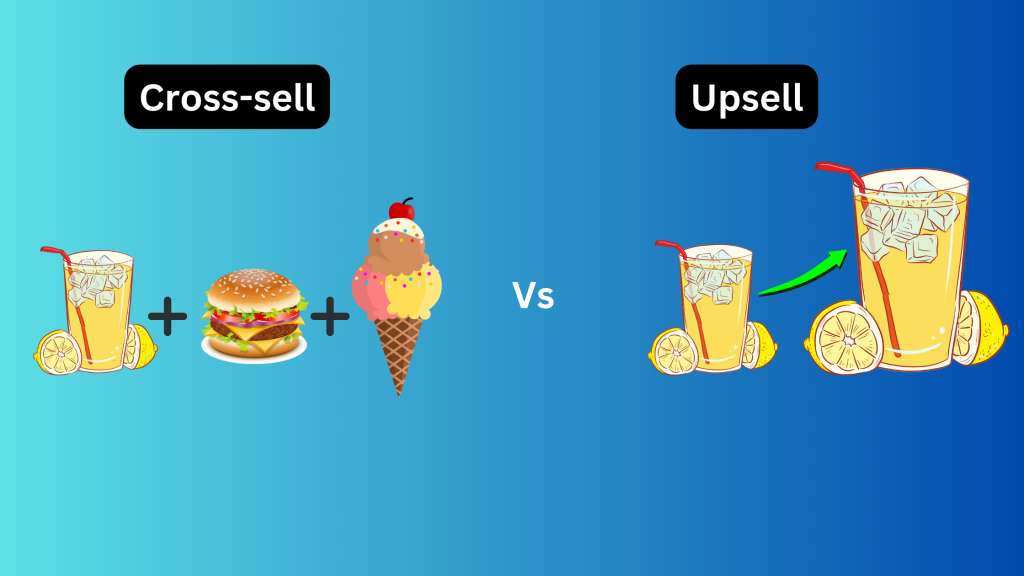
Effective channels for using upselling and cross-selling are email campaigns, mobile notifications, chat or direct messages, social media, Physical stores, and In-app purchases. Here are some of the ways and best practices to enhance the use of these techniques.
Steps for Cross-Selling to Customers
- Discover the related products and services that will be suitable for that product or service: To achieve this you can utilize the customer data that you have collected. You must analyze the data related to customer buying behavior, past purchases, interests, etc.
- Discover the suitable customers who are ready for cross-selling: Integrate the data with your marketing tool so that you can connect with customers at the right time. The moment a customer has shown interest in your product, you must contact them.
- Craft a Cross-selling campaign and buyer journey: Once you have made a list of customers who are potential leads for cross-selling, you must convince them to convert. Prepare a strategy for displaying the related and complementary products. For example, On an E-commerce website, you can use cross-selling by displaying an ad during the checkout process. Or you can use a target email campaign post-purchase
Steps for Upselling to Customers
- Understand your Customer: Understand the customer’s needs, interests, and preferences.
- Identify the right customers: Shortlist the customers who have shown interest in premium products or have purchased such products in the past. Don’t force premium products on customers who have shown no interest in them.
- Craft an Upselling campaign and buyer journey: Create an upselling method’s blueprint for how to plan to achieve it, how will you target the prospect leads, customer stages where you will interact with them, etc
Best Practices
- Try to personalize the recommendations and suggestions based on the customer data you have collected. According to a study, 80% of businesses say that personalization can increase customer spending by 34%.
- Highlight the benefits your customers will get from these exclusive deals
- Make smart decisions based on the data
- Use tools such as Google Analytics, etc to collect additional data to study the customer.
- Constantly optimize the performance of your cross-selling and upselling campaigns
- Give training to your employees and staff to enhance their convincing skills.
- Provide incentives, exclusive deals, discount codes, etc. According to a survey, 73% of customers are ready to buy a product if they get free shipping.
- Consider the relevancy such as making sure your offer is relevant to the customers
- Create a sense of urgency that the deal is valid for a limited time so that the customers act fast.
- Use social proof to show customers that other customers are also interested in buying that product and service.
- Offer rewards or exclusive content to customers who have made additional purchases or have spent more.
- Engage actively with customers and ask questions to them and listen to them carefully, Study their feedback.
- Provide value to customers. Recommend products and services that offer innovative solutions to their problems.
- Bundle your products as the chances of buying a bundle are higher than just one piece of a product.
- Send a Follow-up email. Thank them for the order and give personalized recommendations.
Cross-selling and Upselling can increase your brand’s revenue, and boost customer experience by fulfilling their needs and expectations. However, there are some challenges as well such as the quality of data available, lack of training of staff, lack of personalization, complex options, and customer’s resistance to provide information. It is important to collect quality data, maintain an alignment between different channels, train your staff, make effective strategies, and understand your customers. To overcome such challenges the sales and digital marketing teams should collaborate and work together to achieve the result. You can use some tools or sales and digital marketing services for better results. Upselling and Cross-selling increase your average order value, customer loyalty, and revenue. Hence it is important to create well-optimized strategies for achieving their result. To learn more about such interesting topics follow Lumia 360.
Read Also: Future Of Web Design: Preparing For The Future Trends
Read Also: Ultimate Guide For Enhancing Engagement Rate



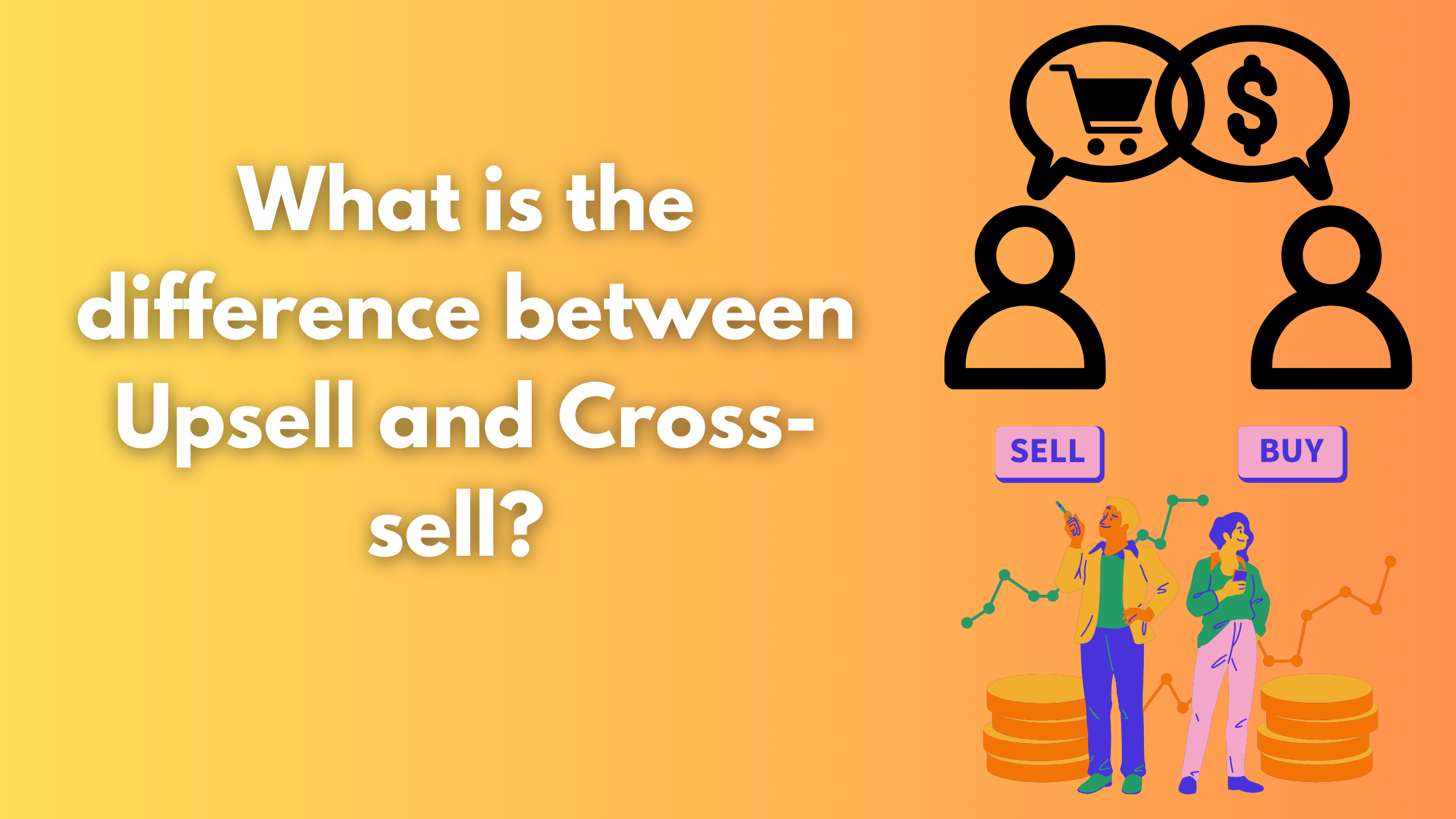


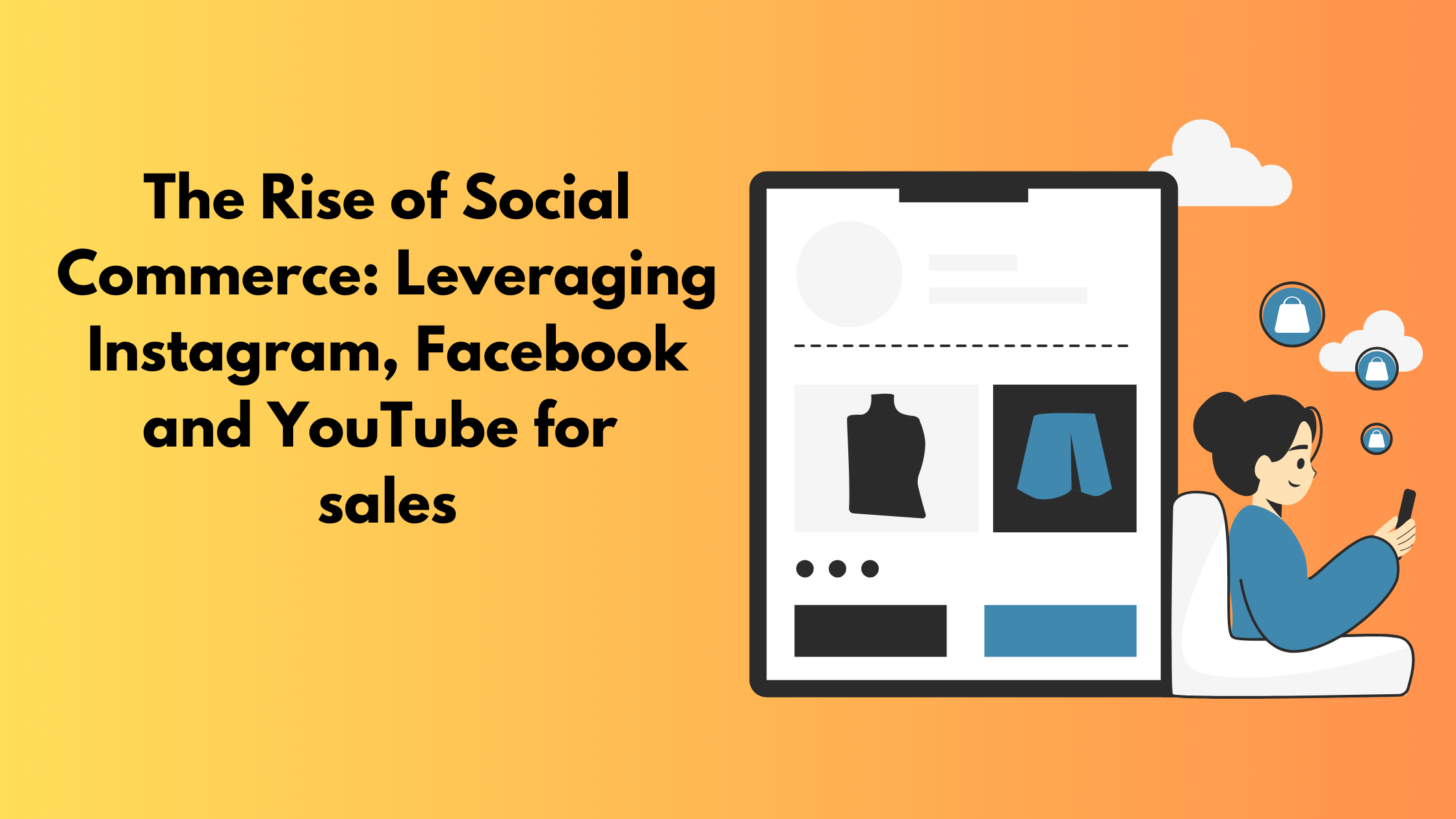

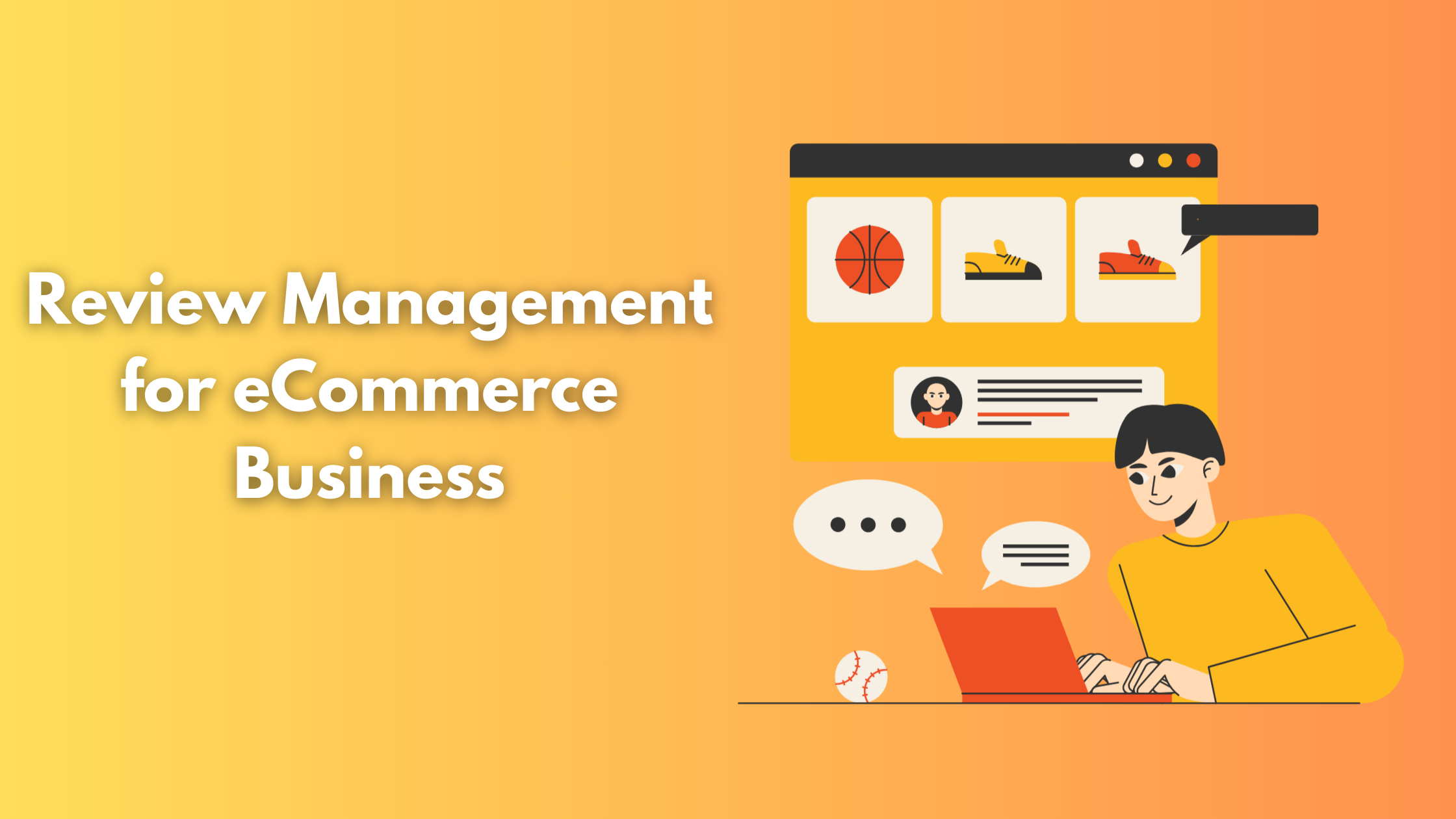


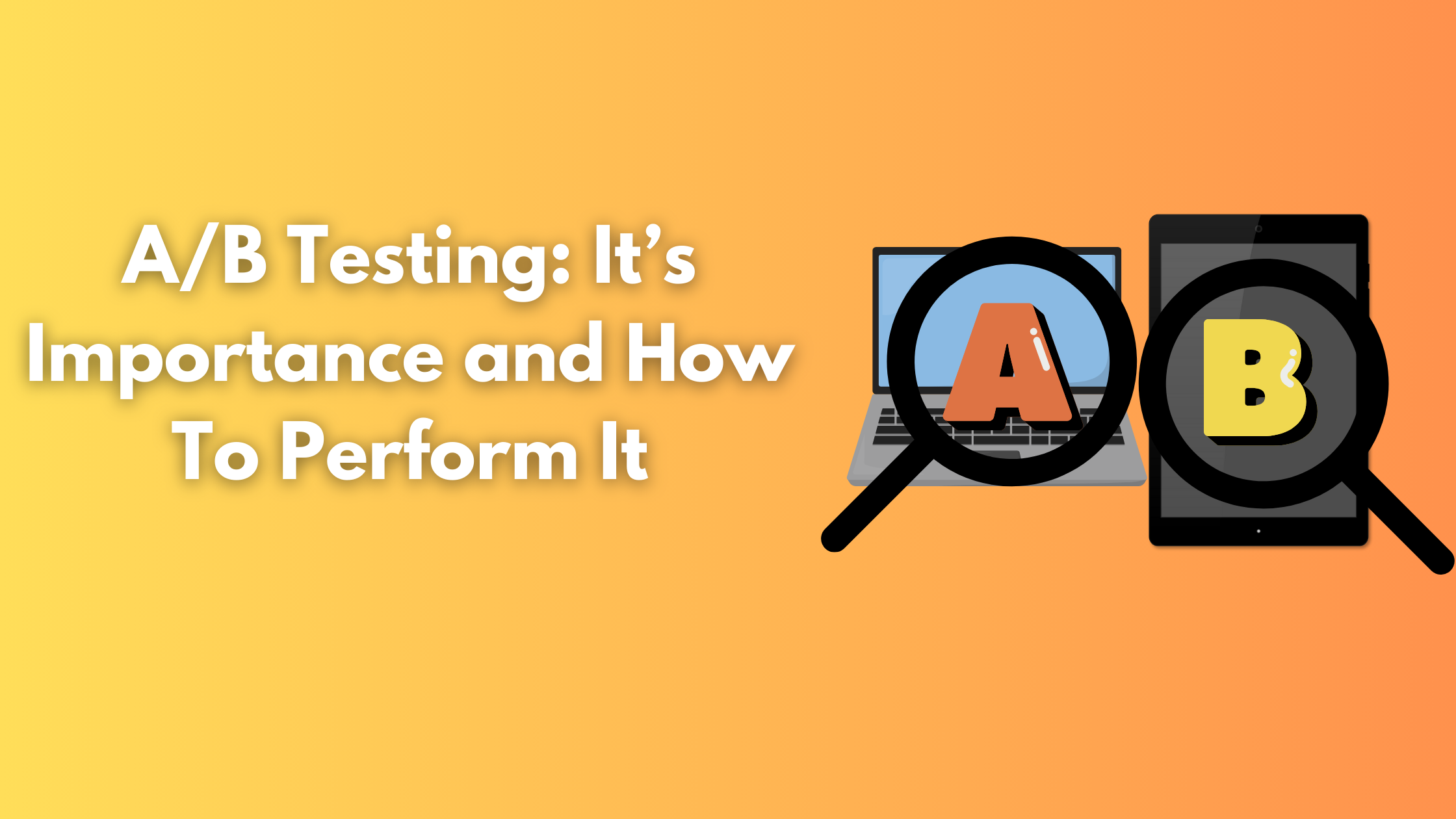
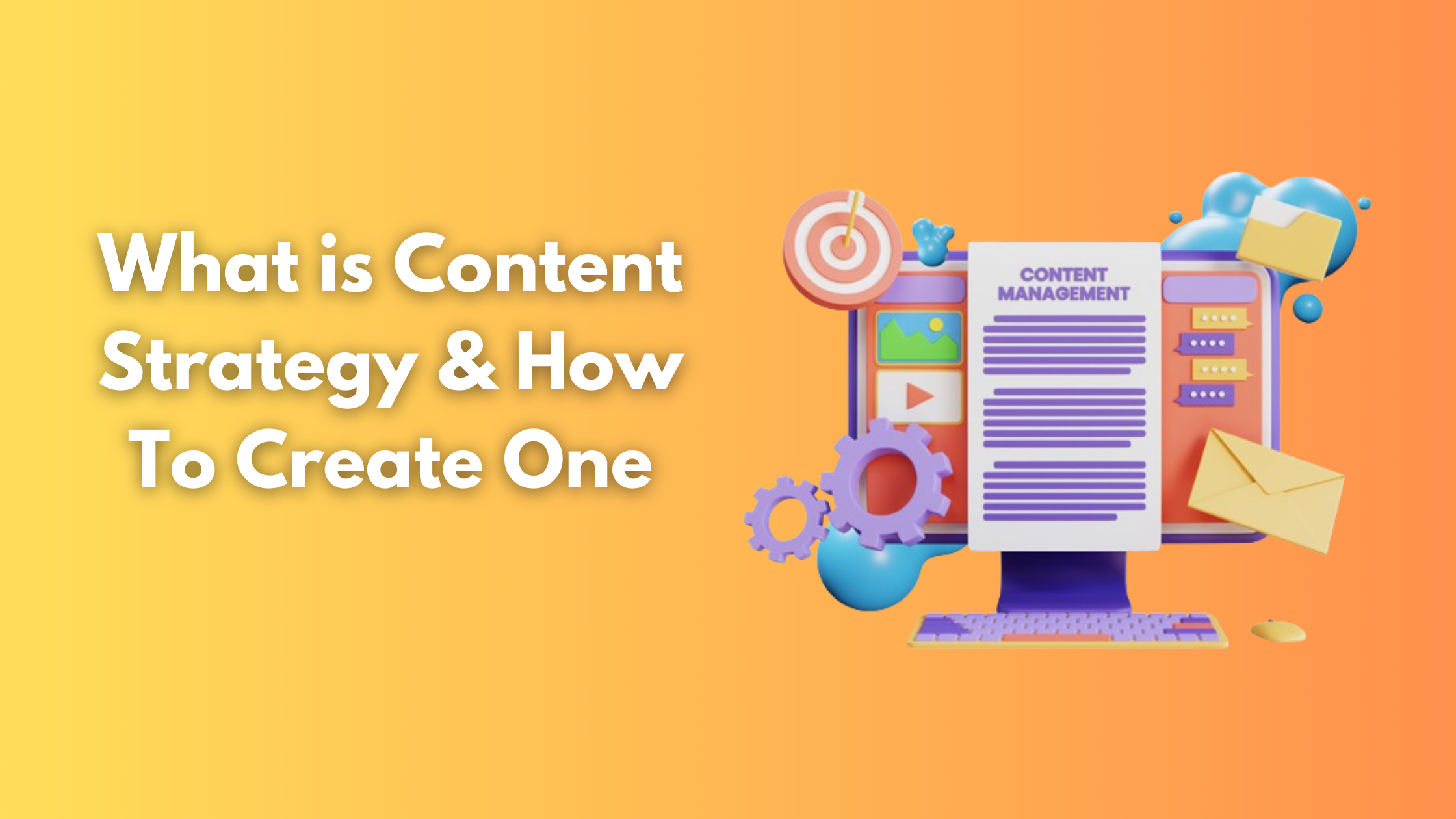
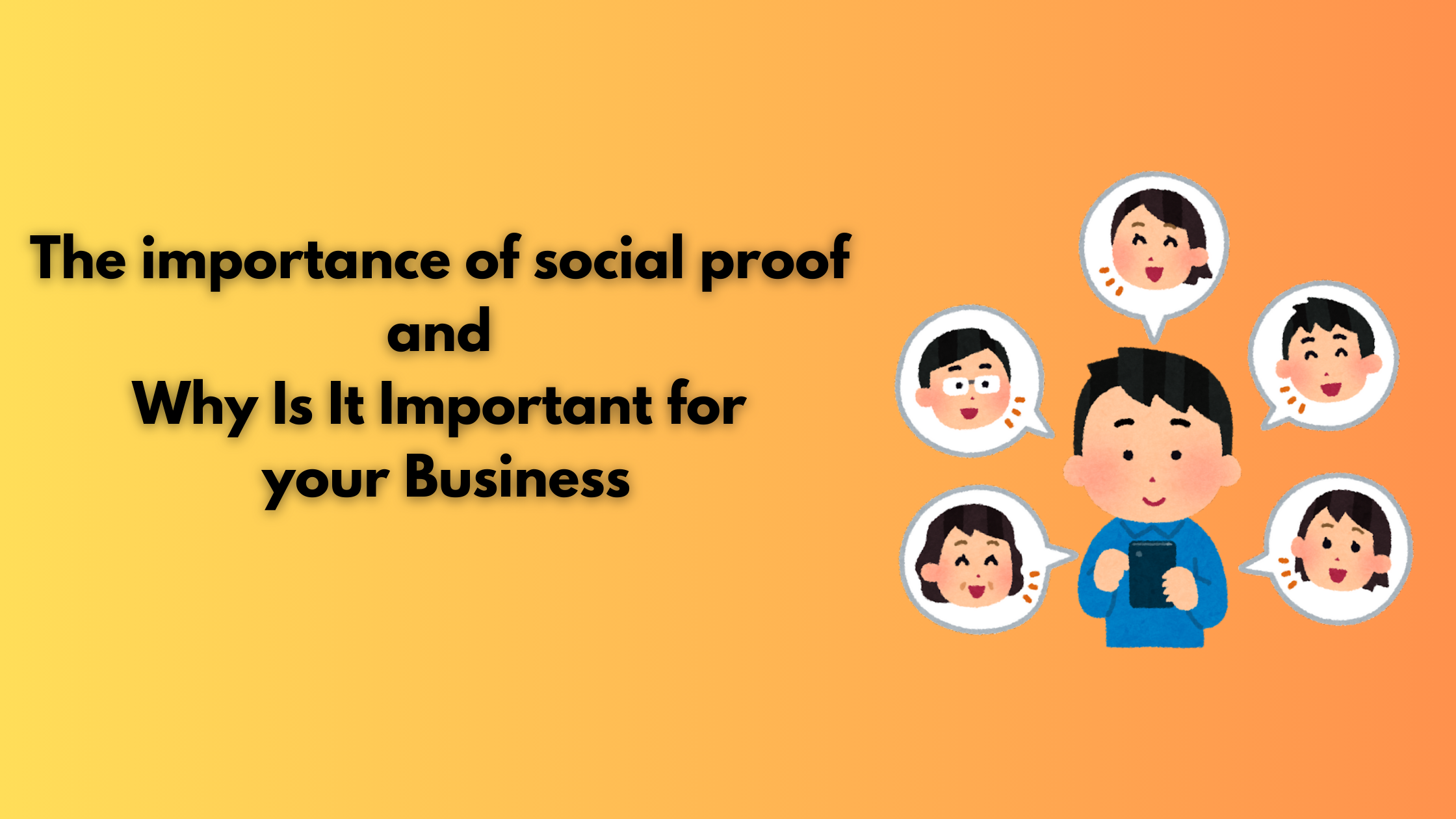
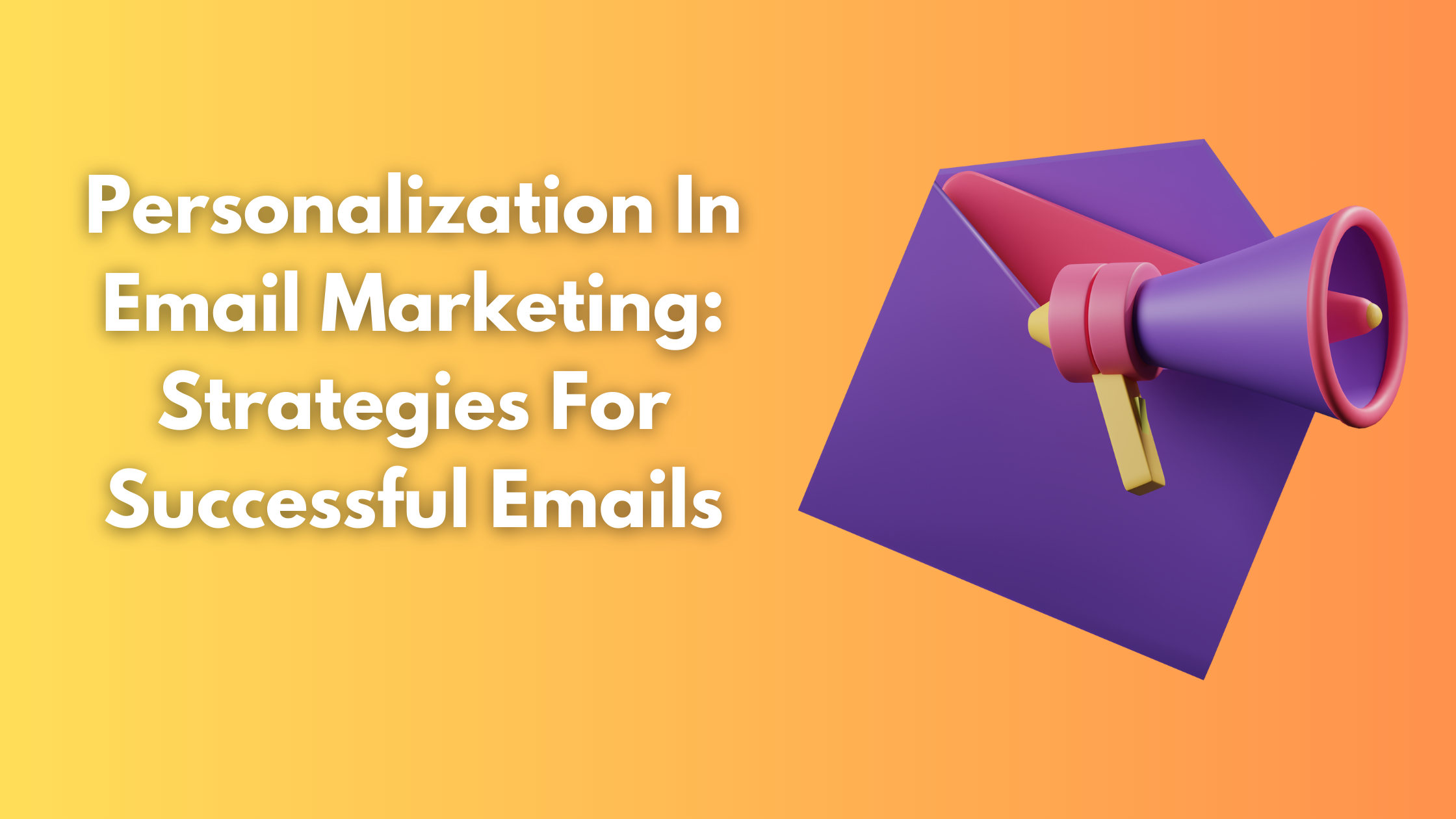


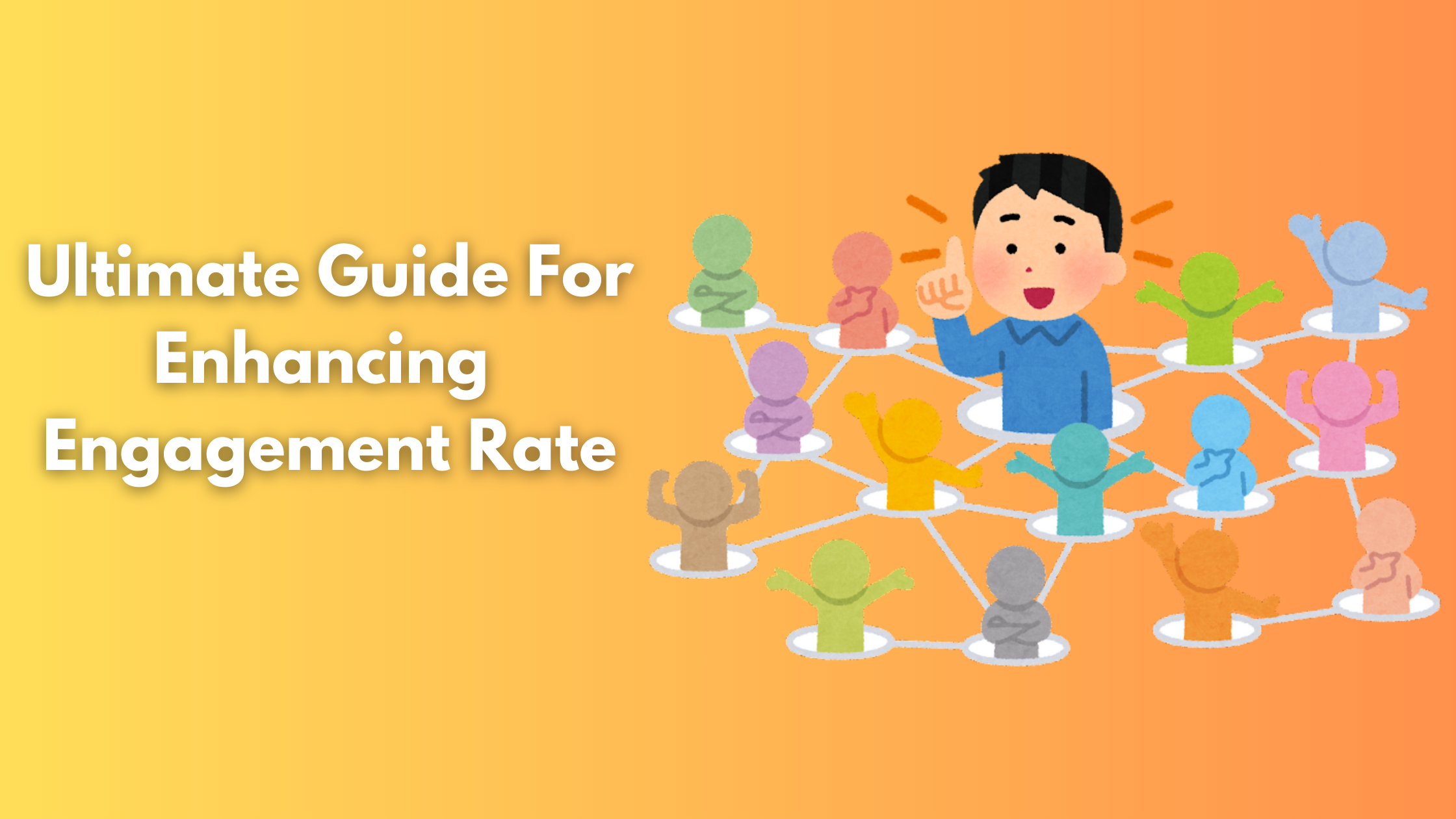
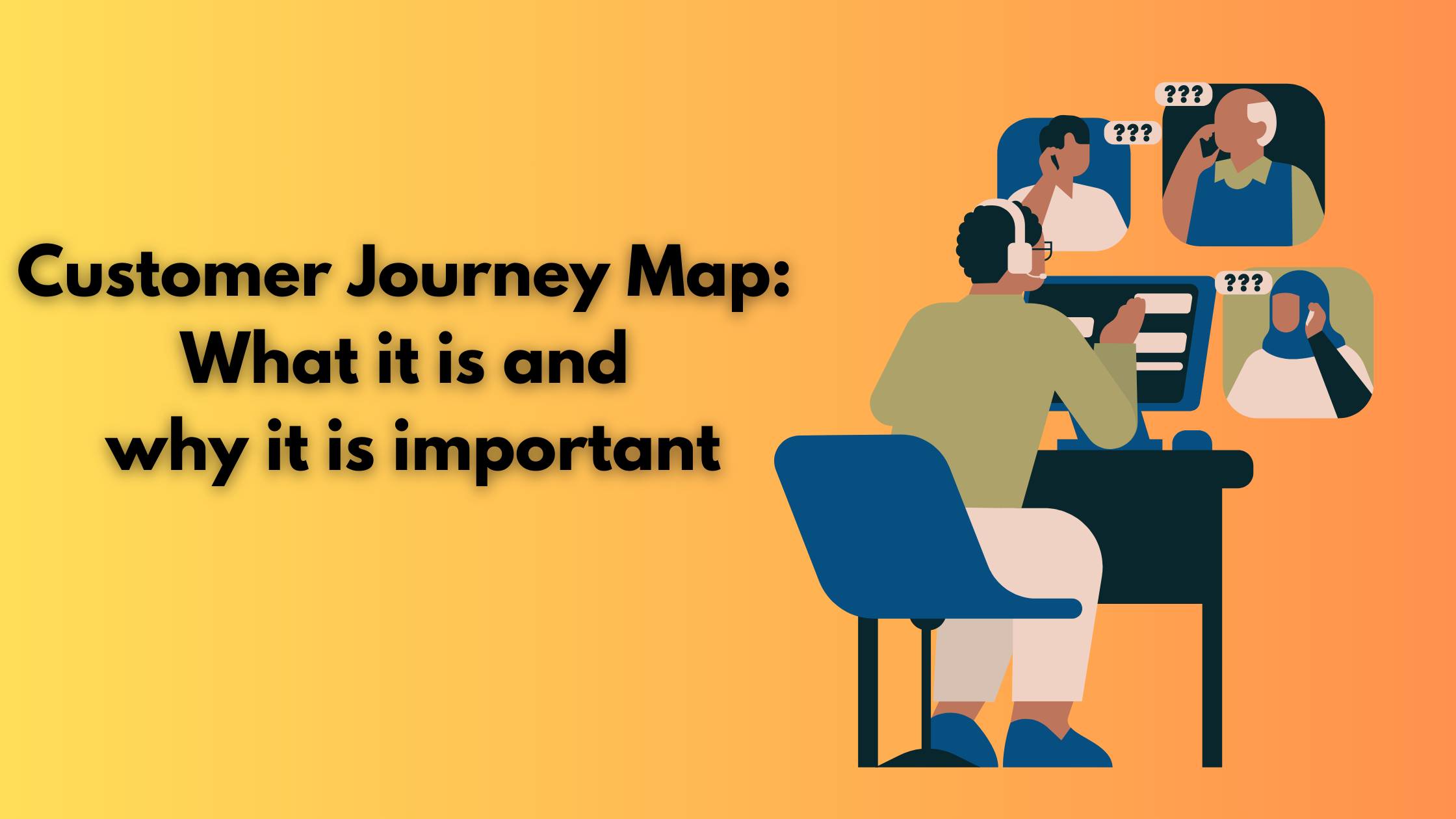
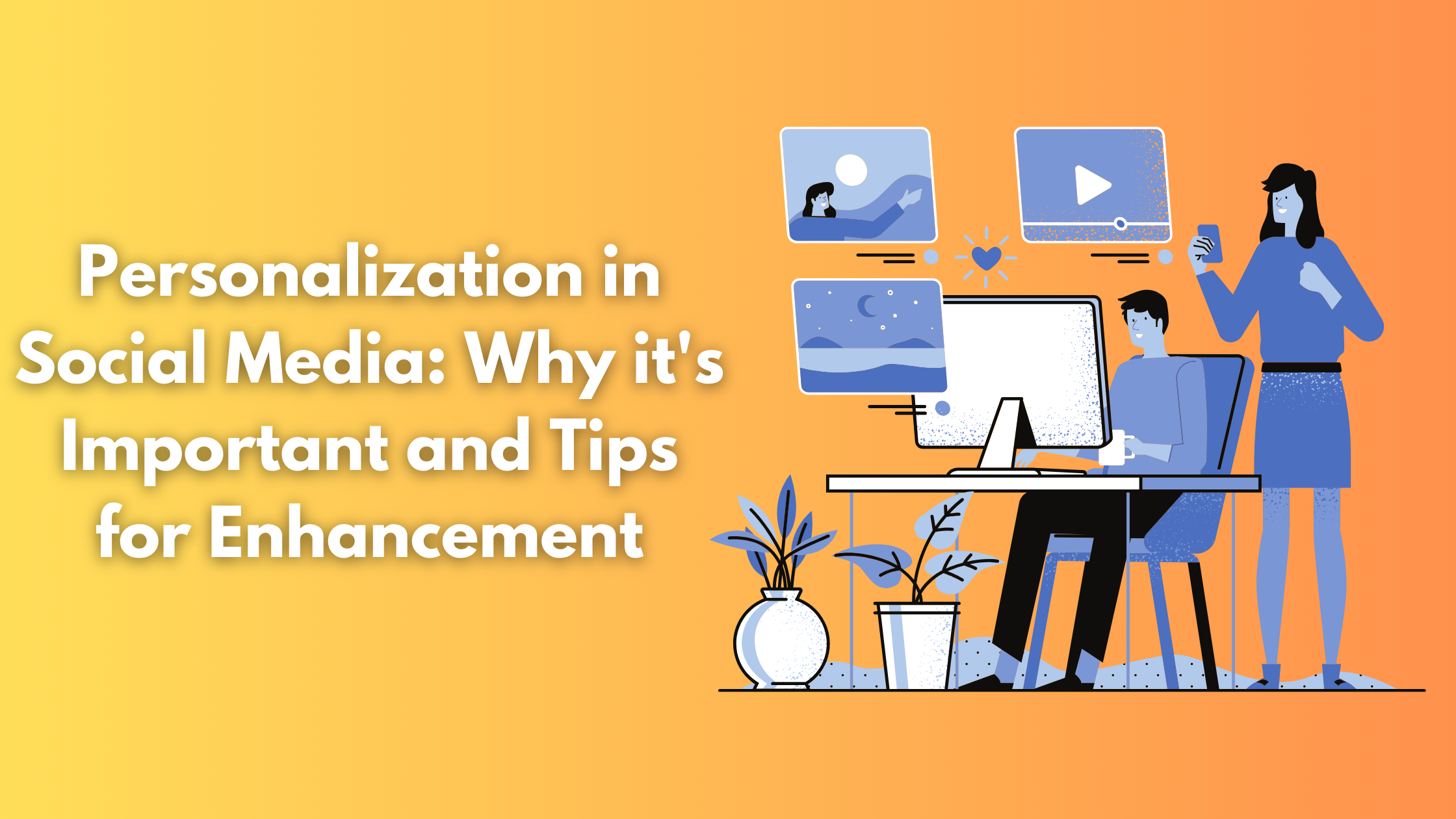
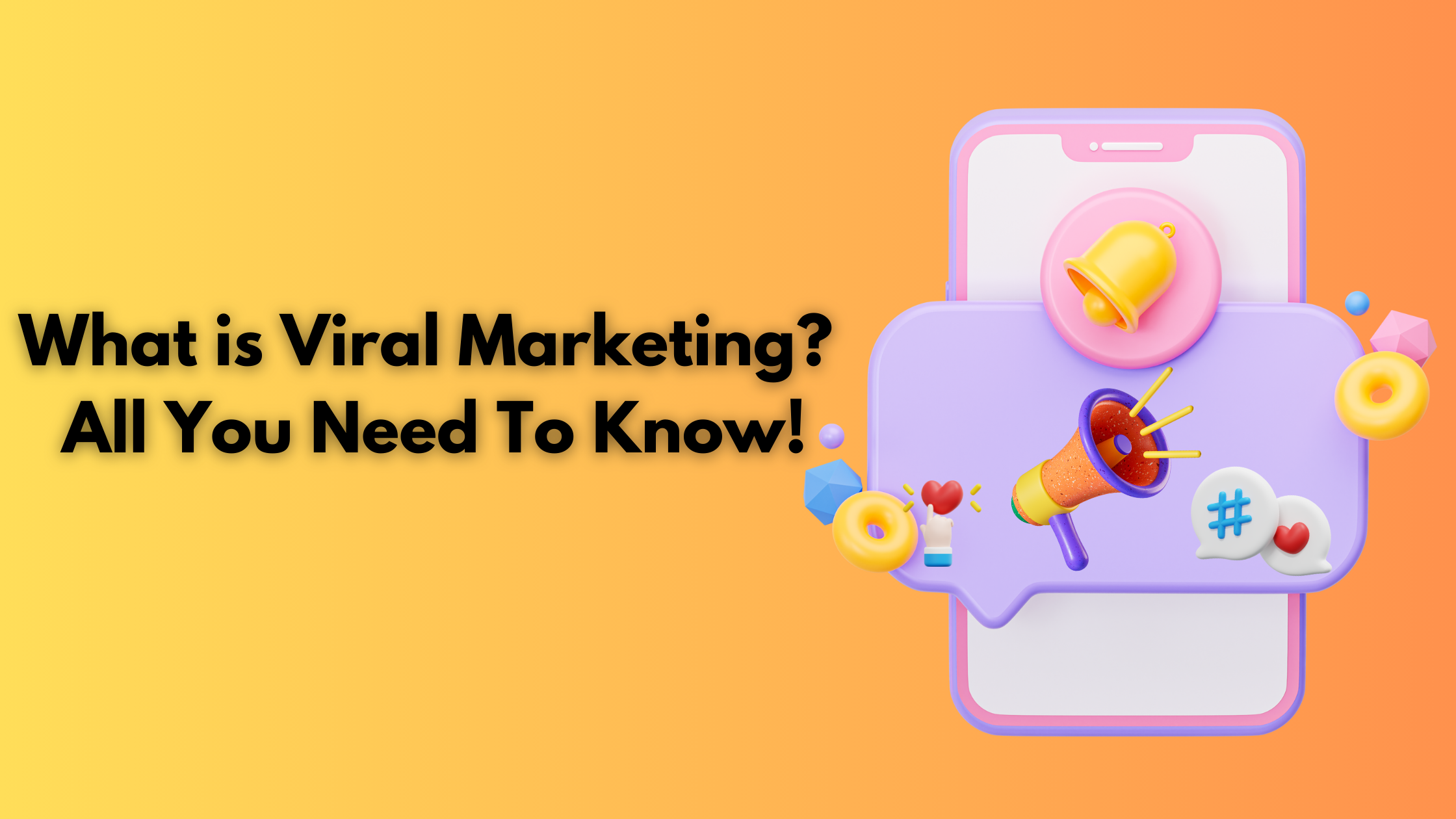
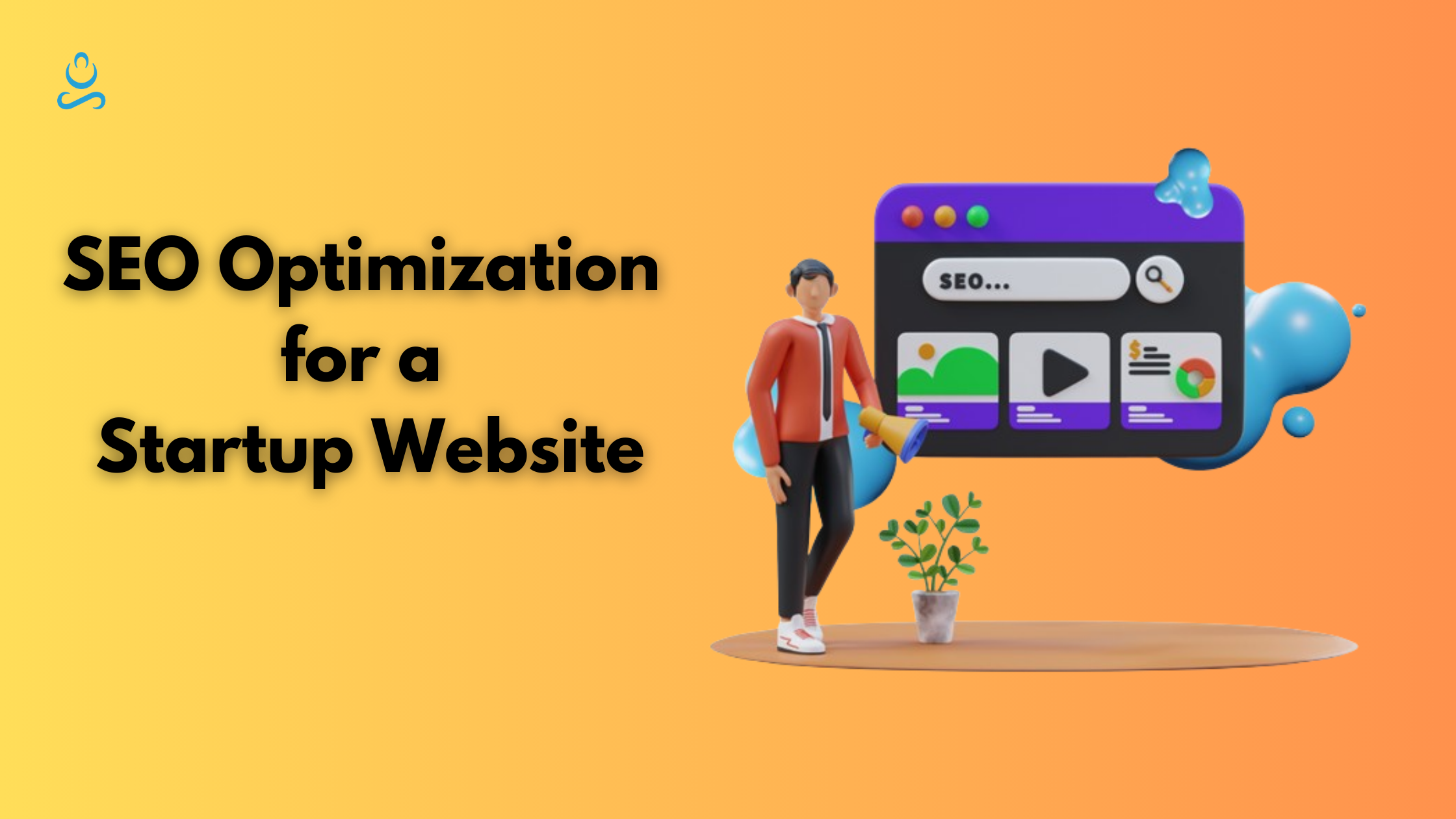
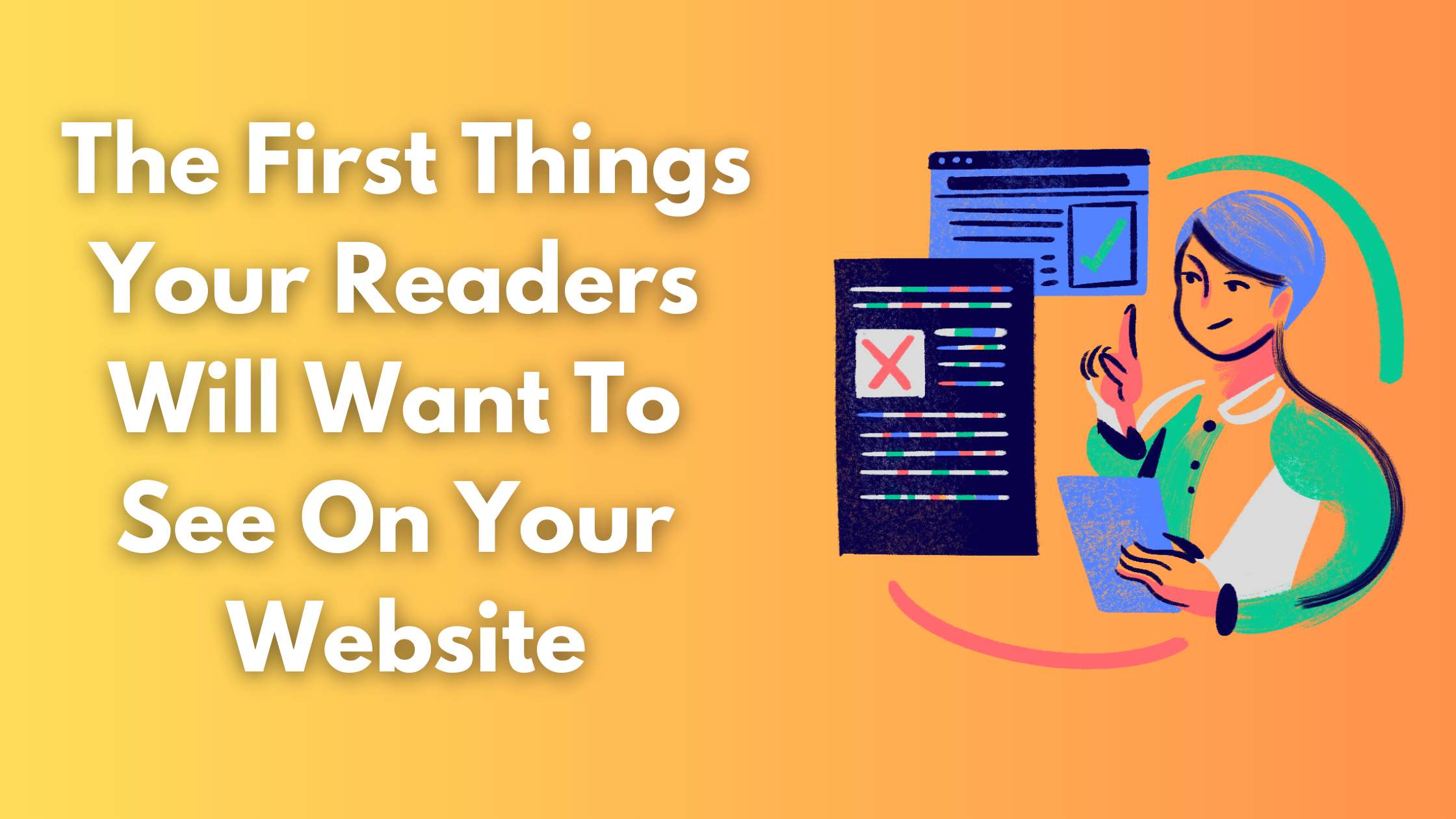
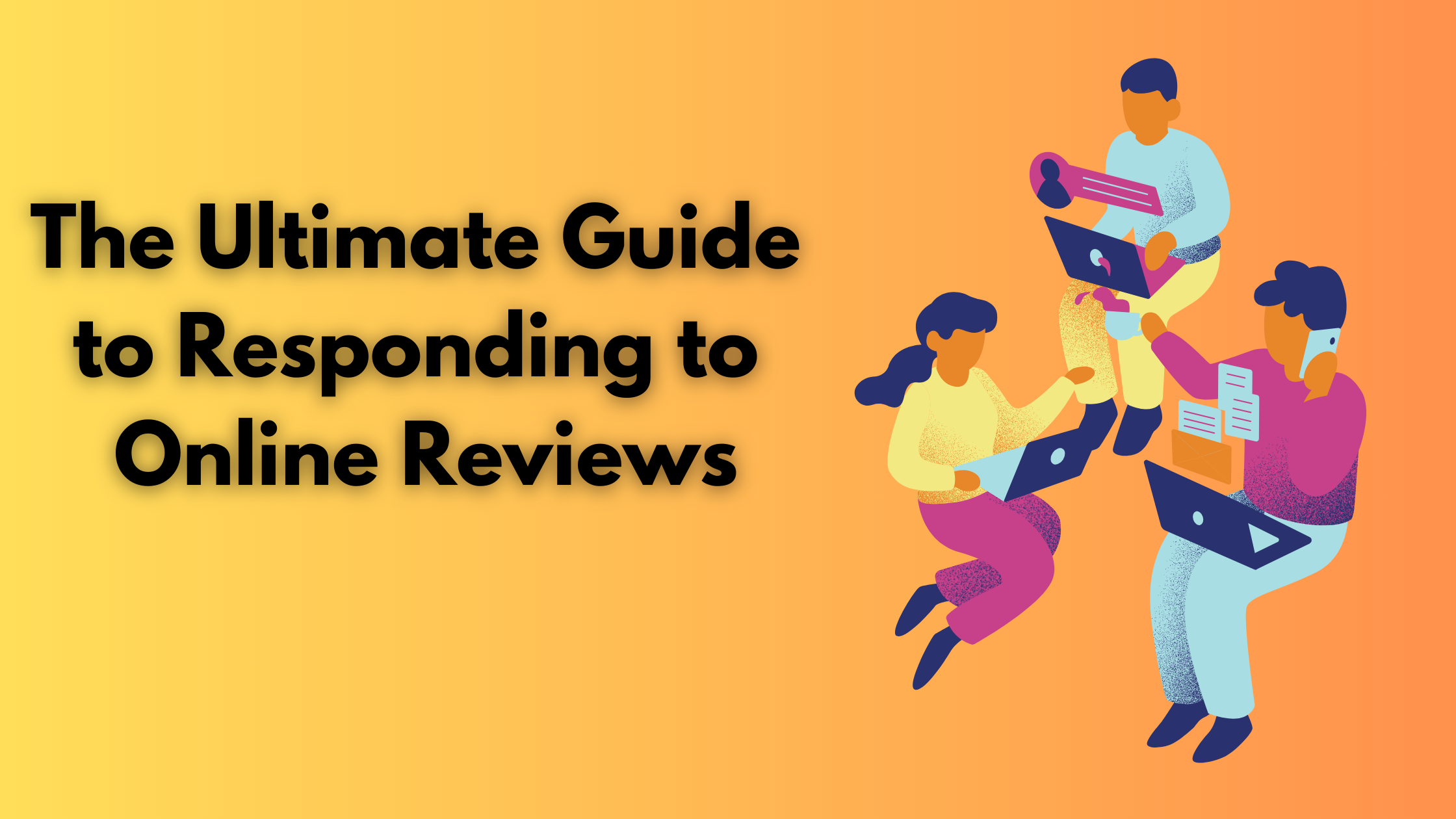
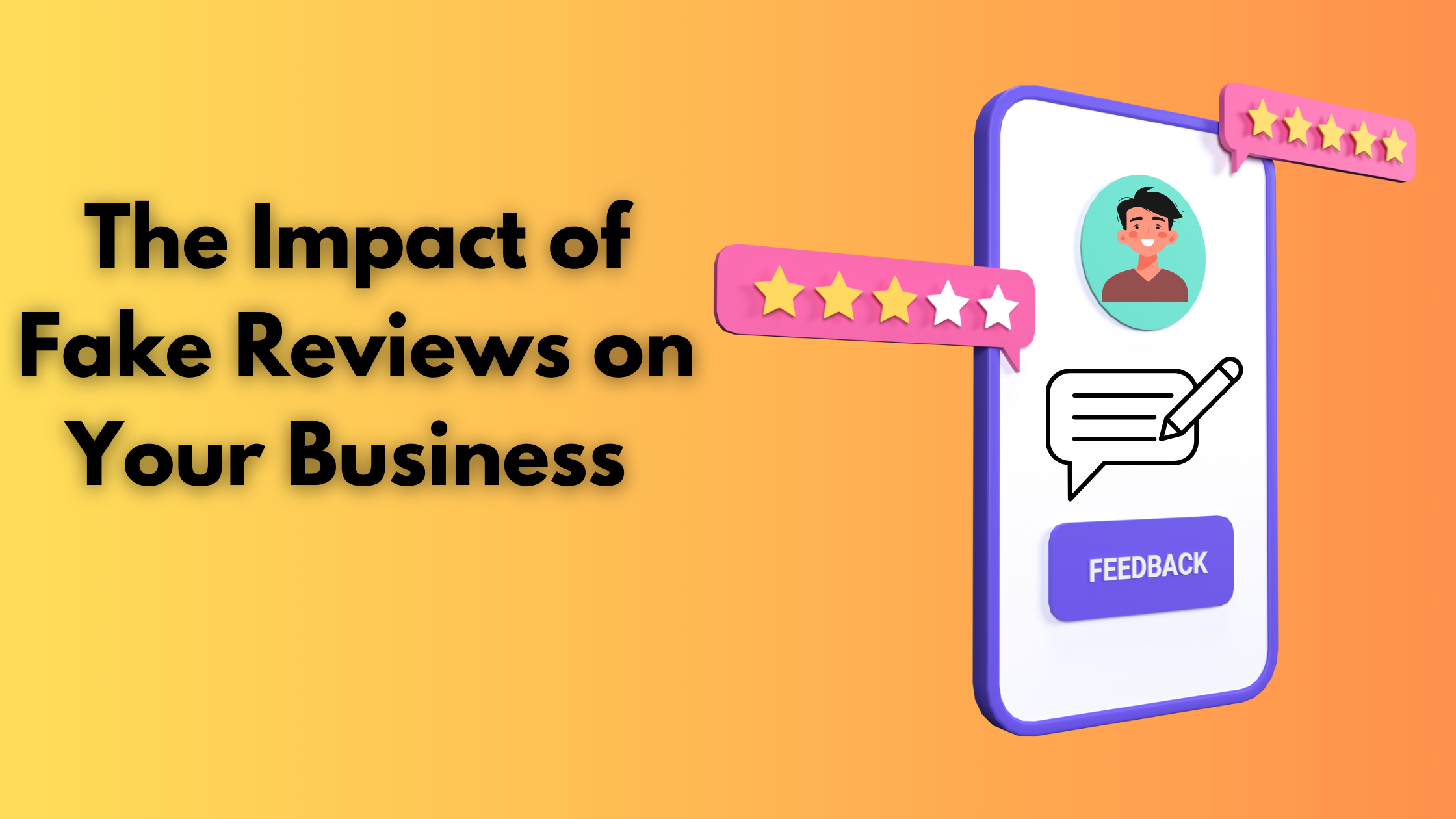

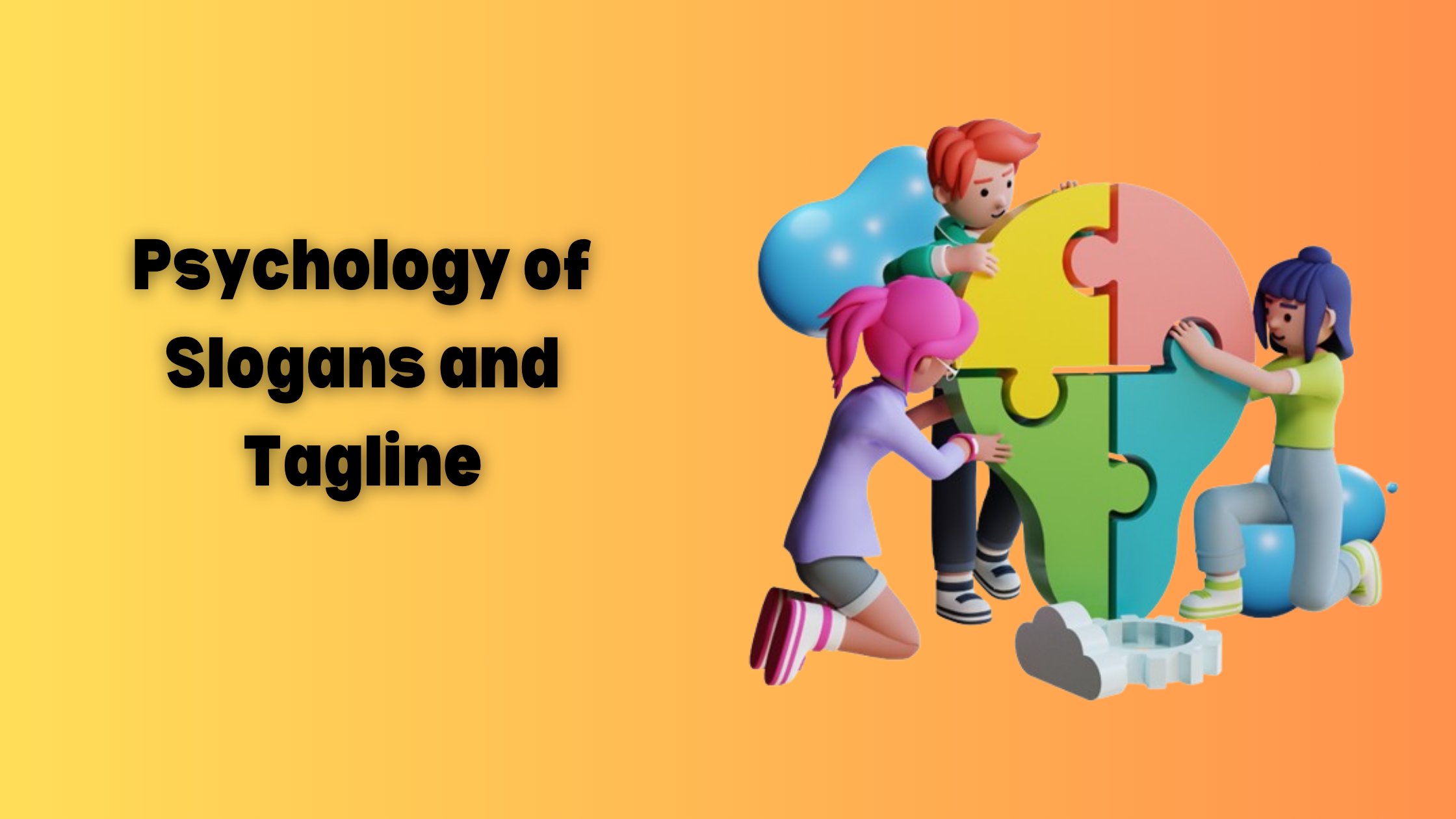

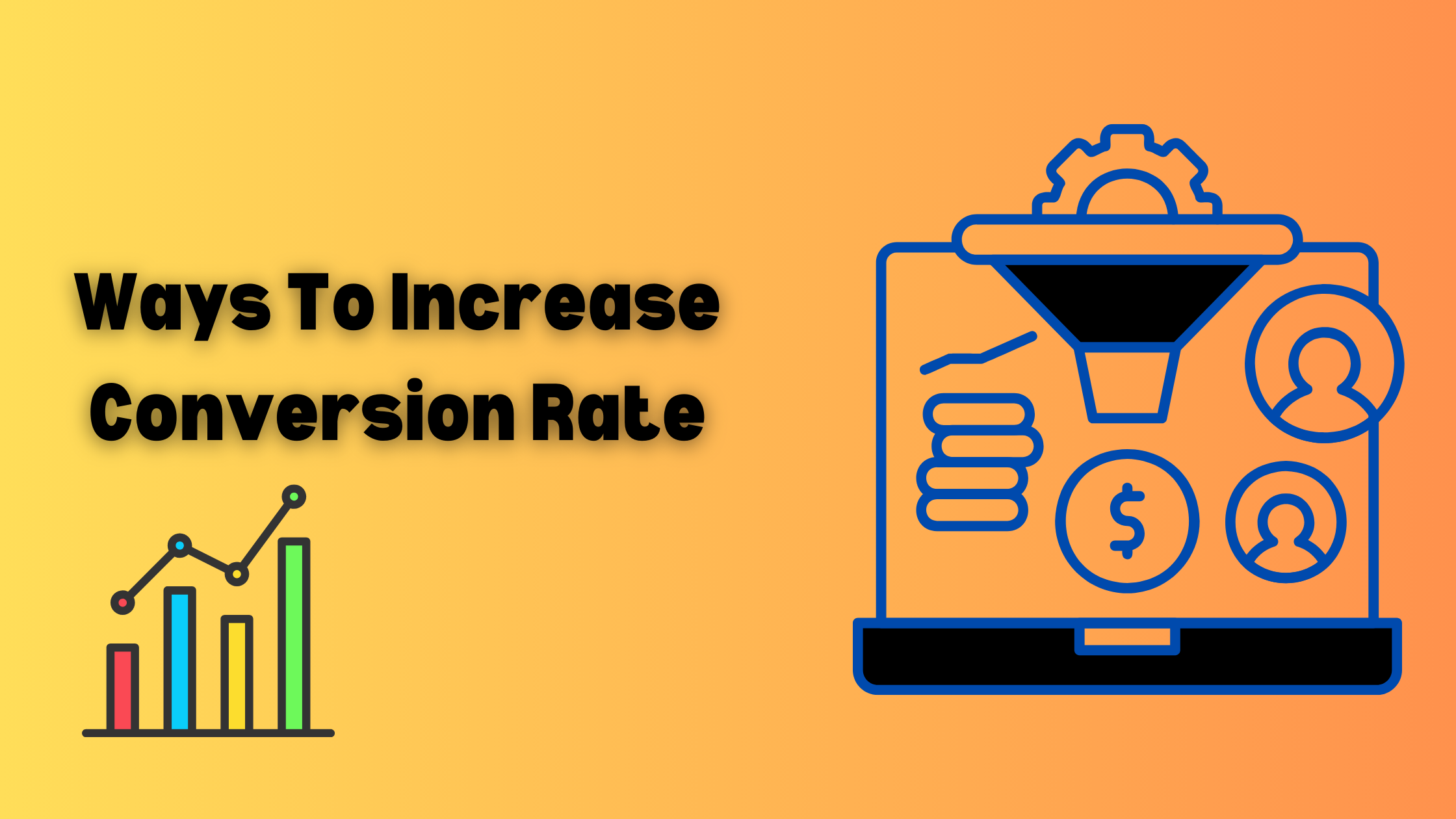

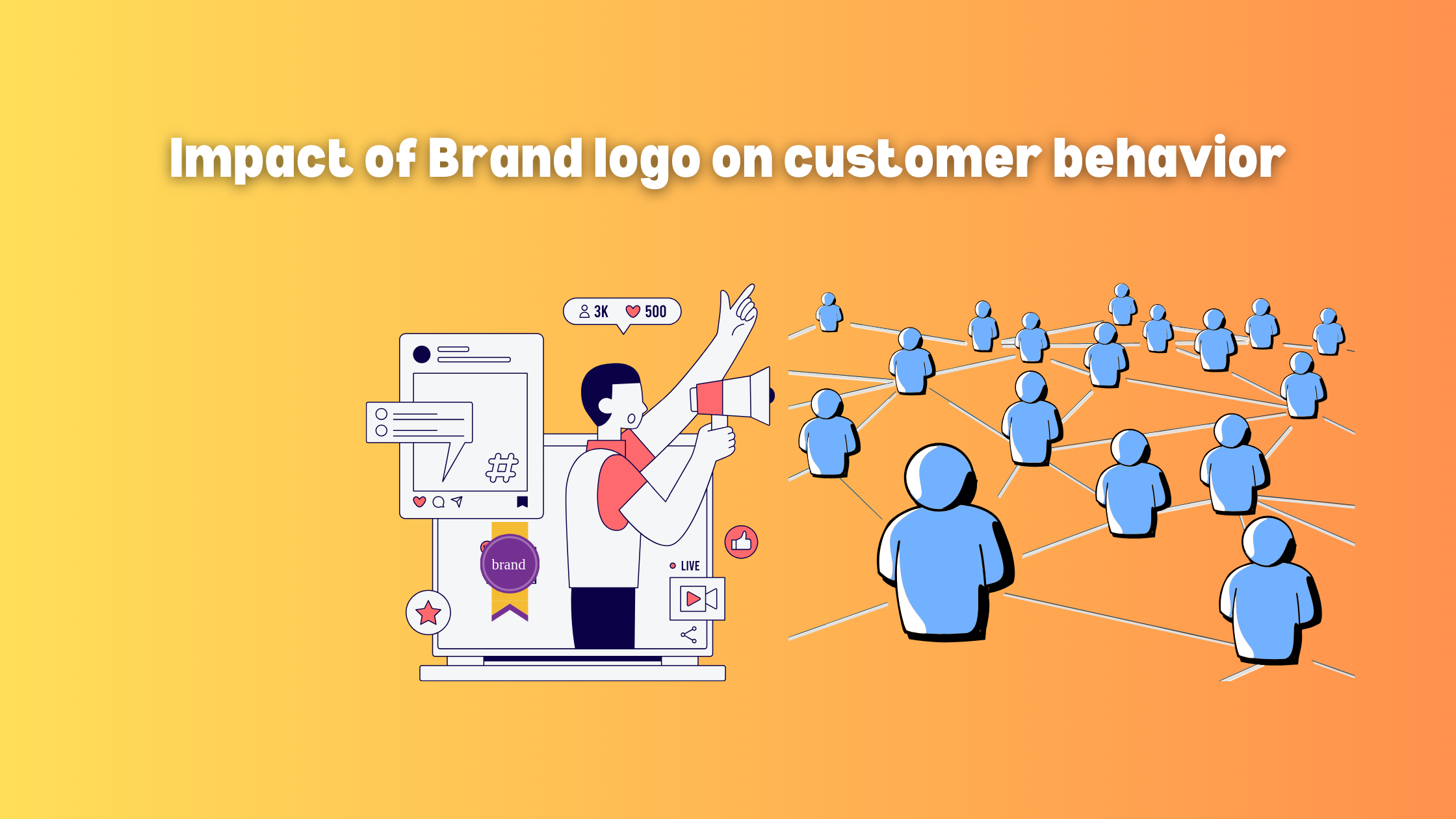






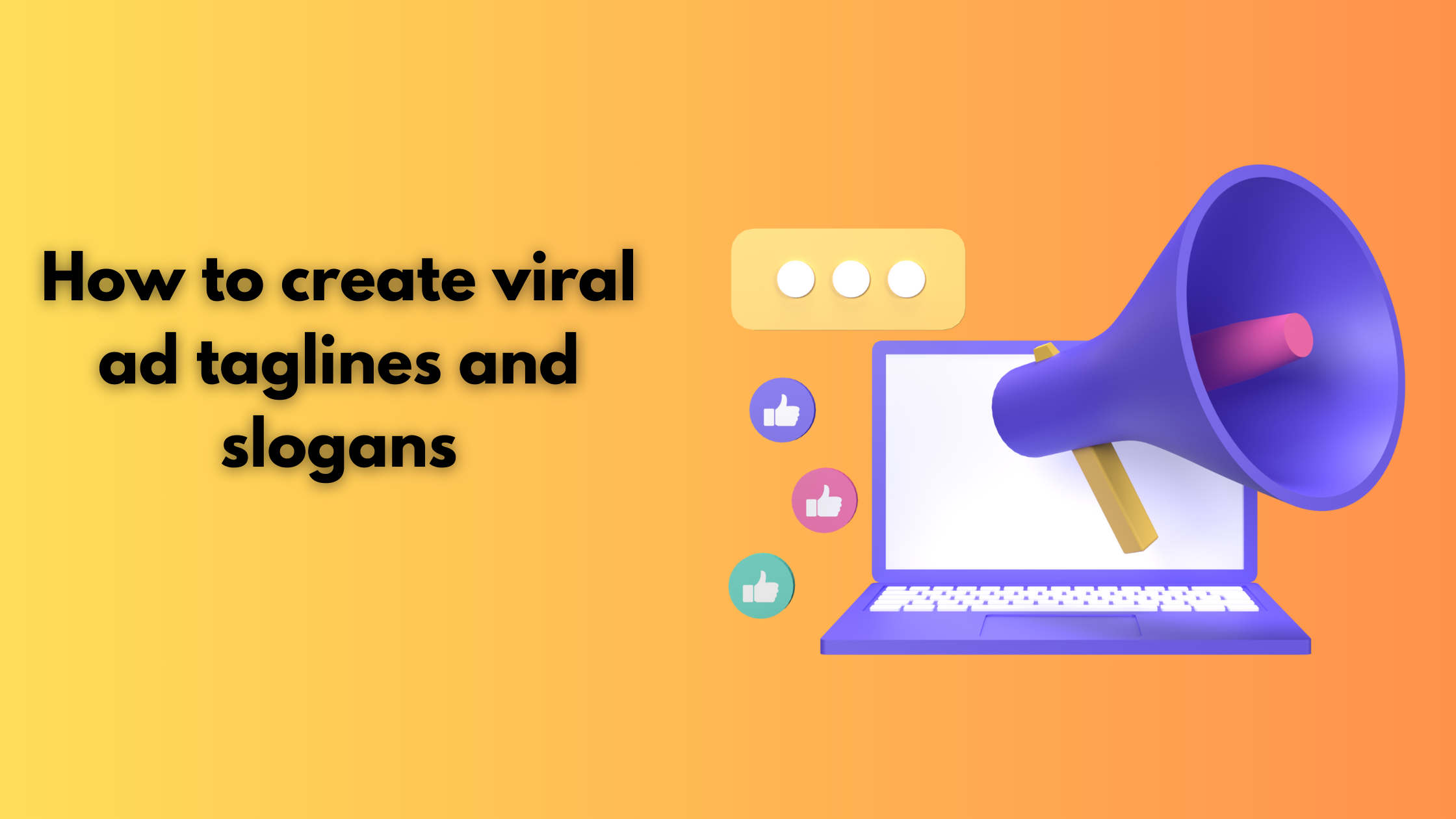

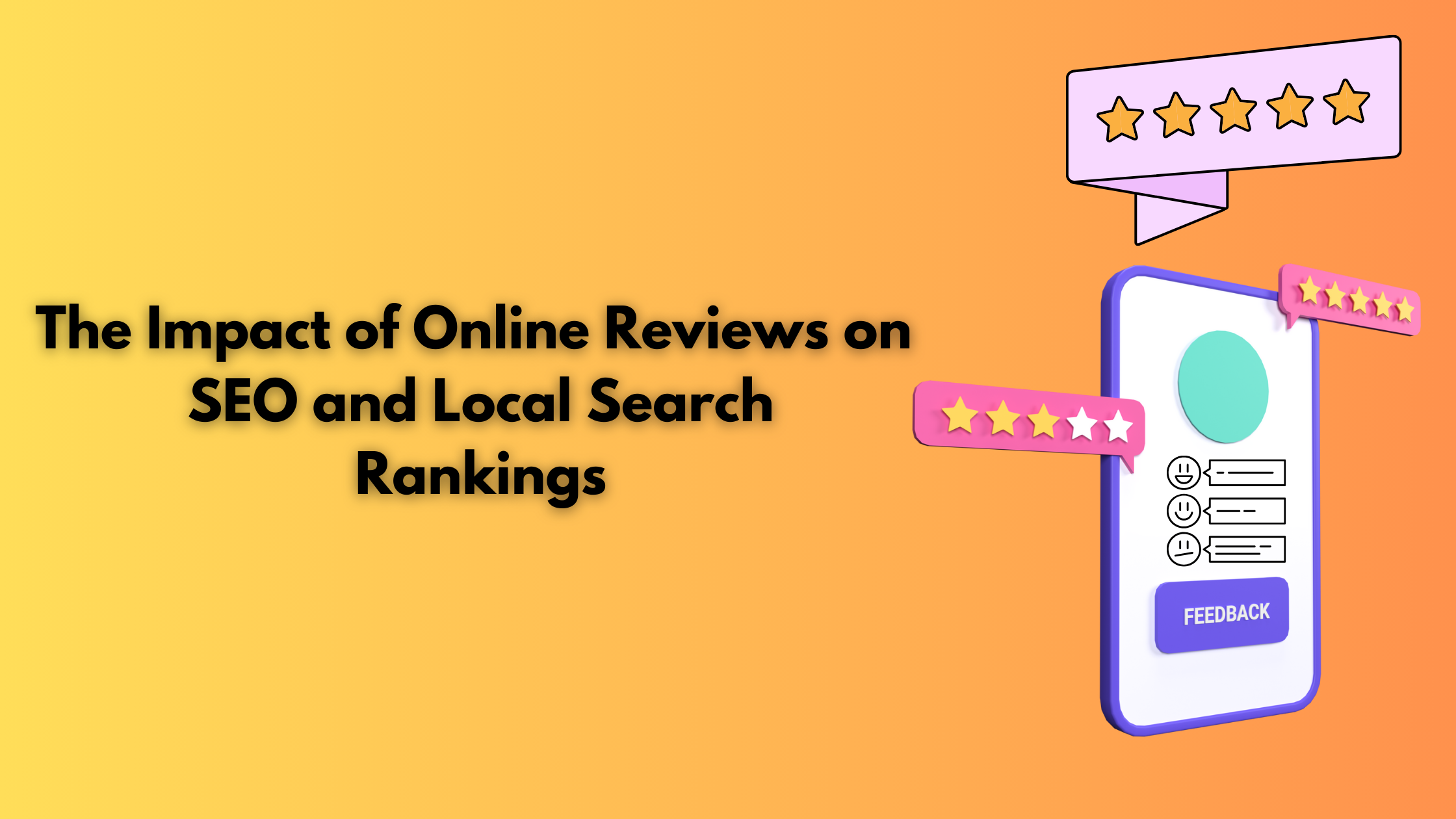
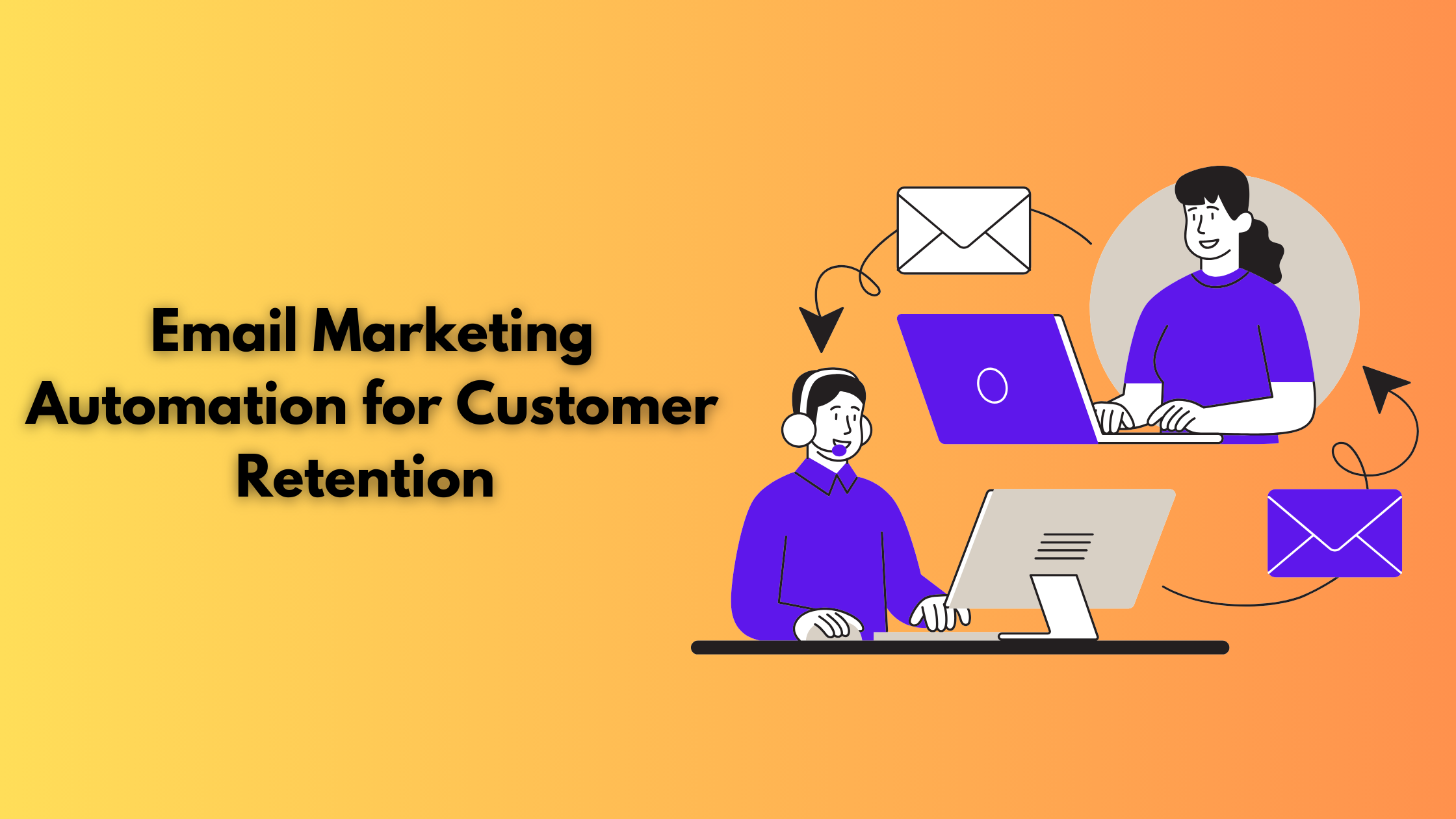
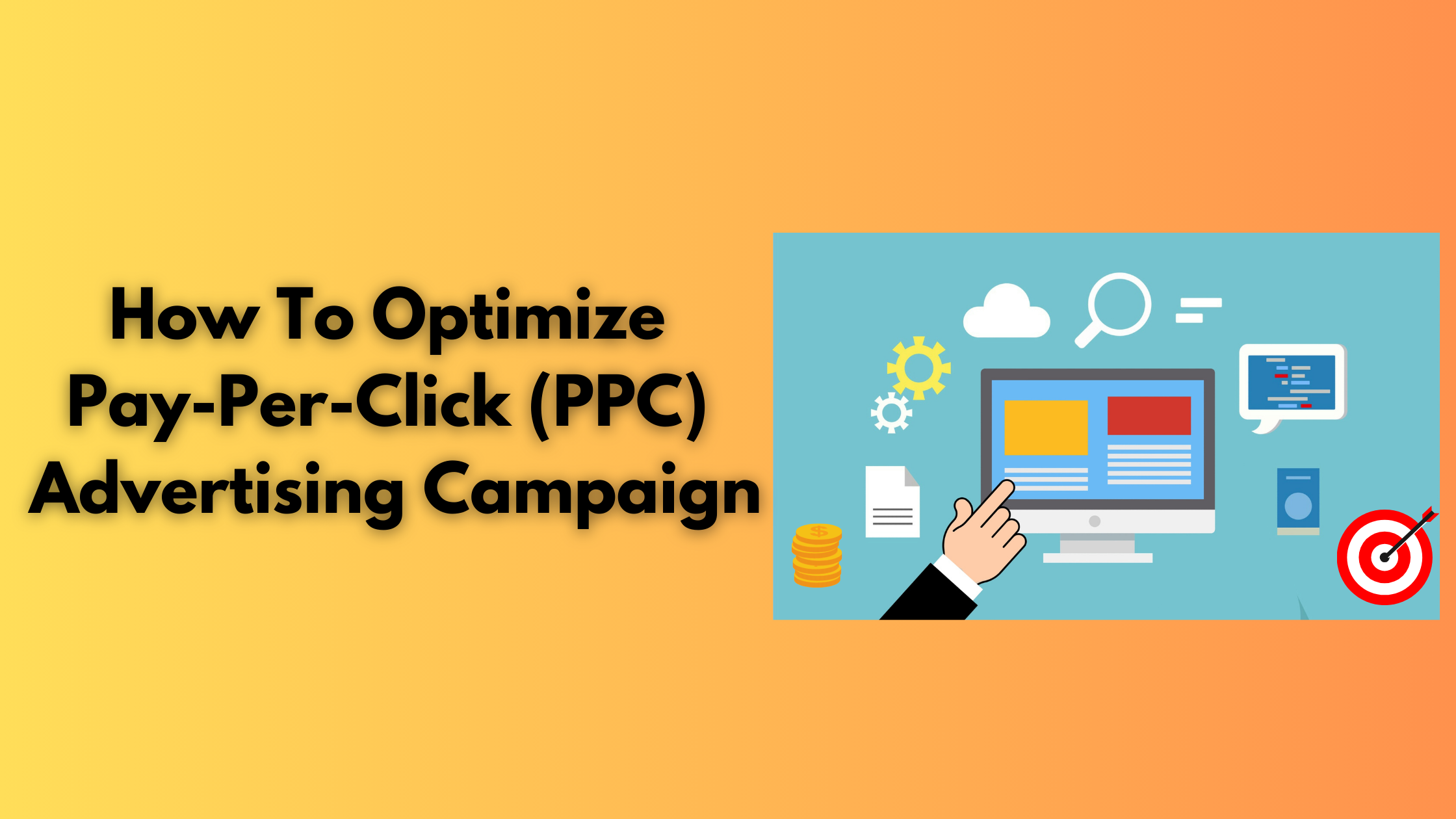
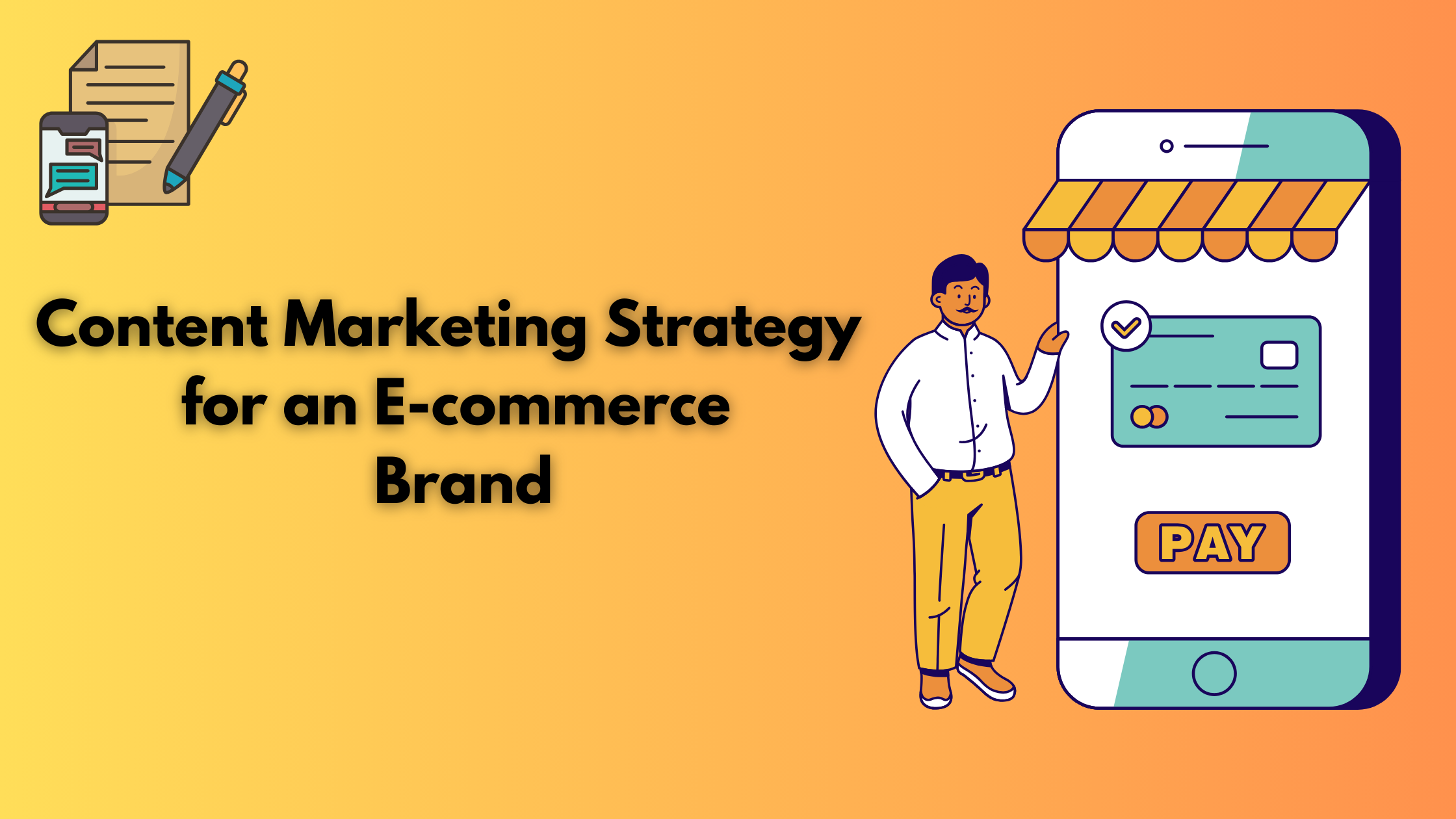


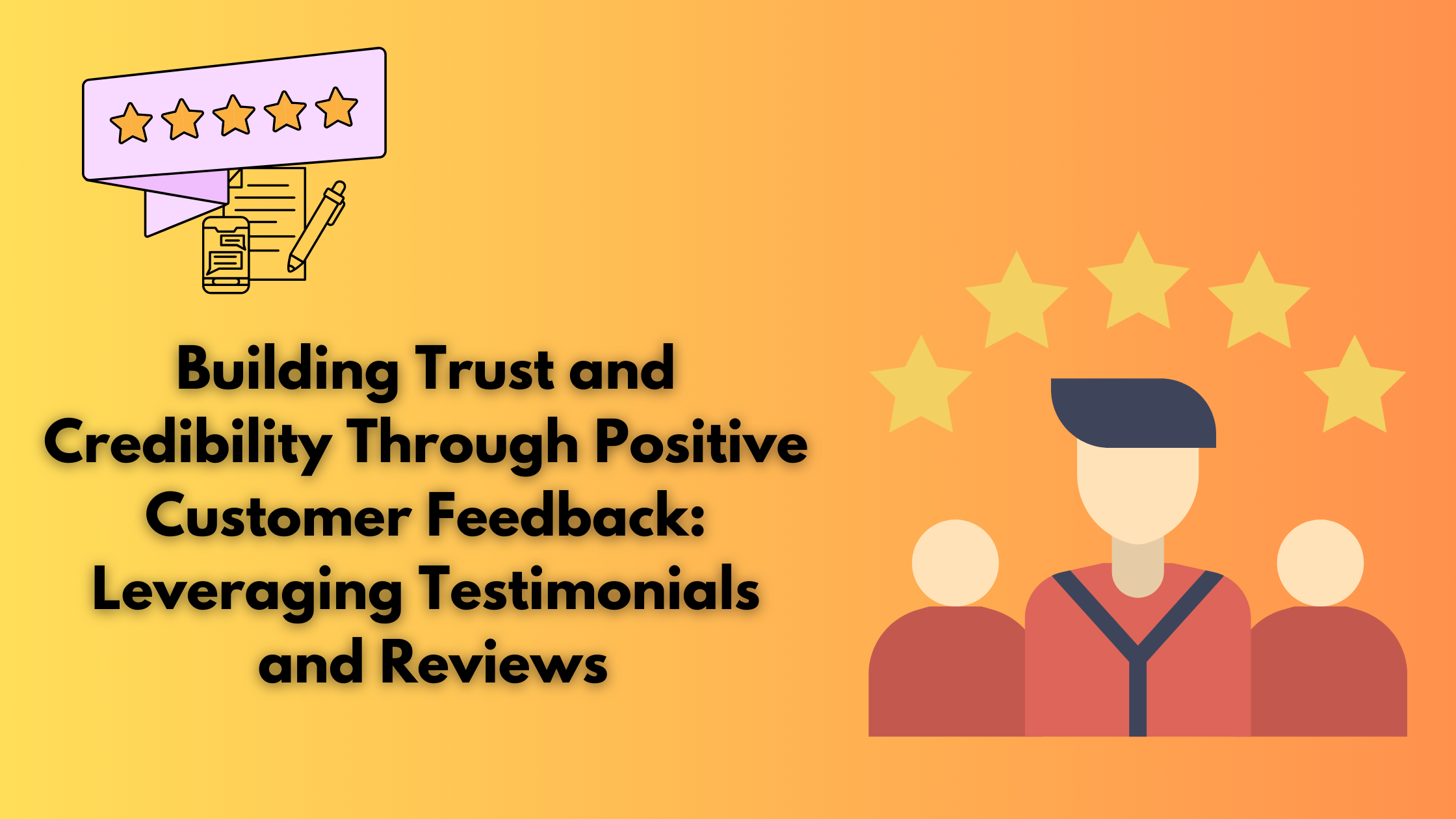
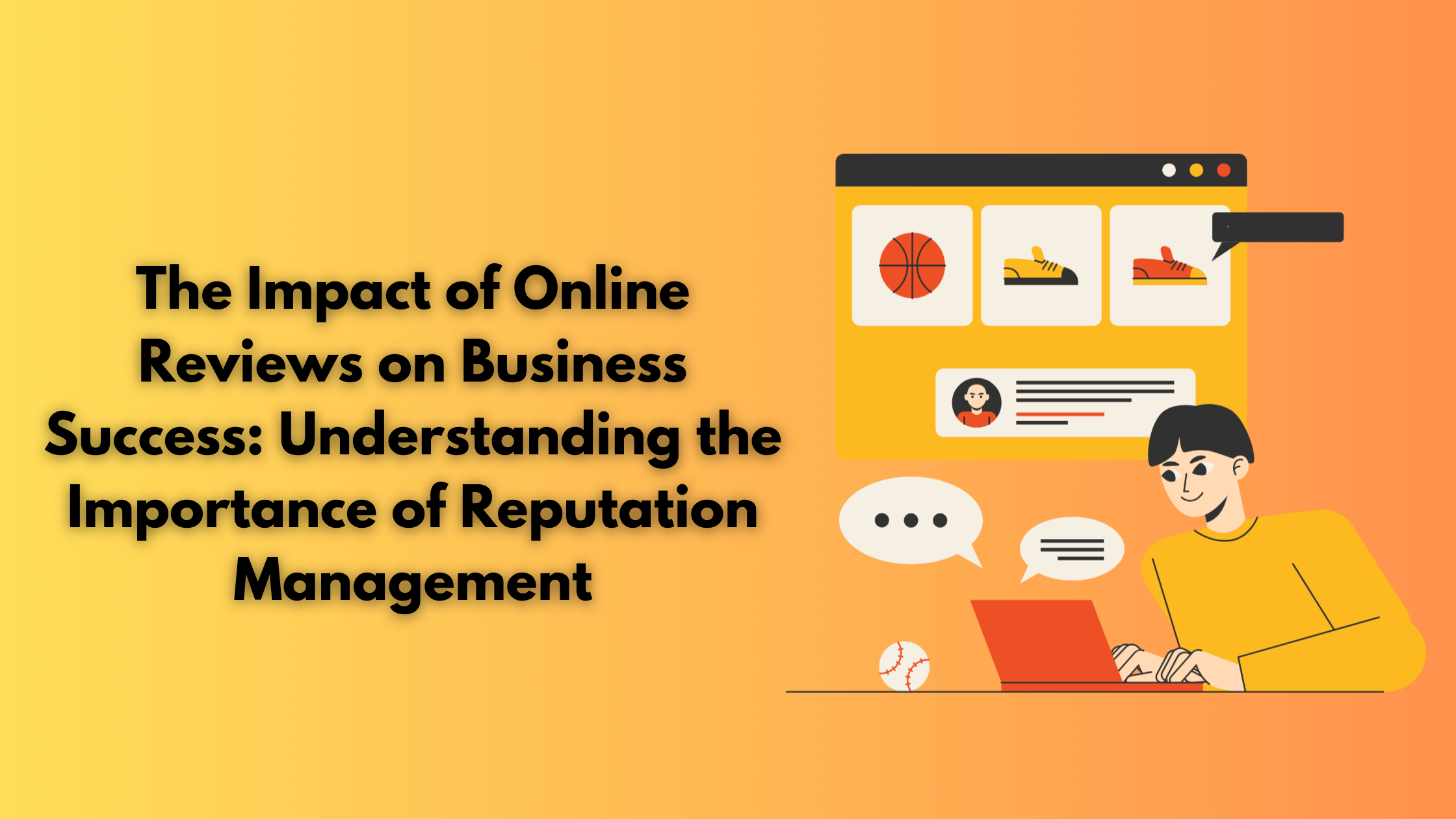


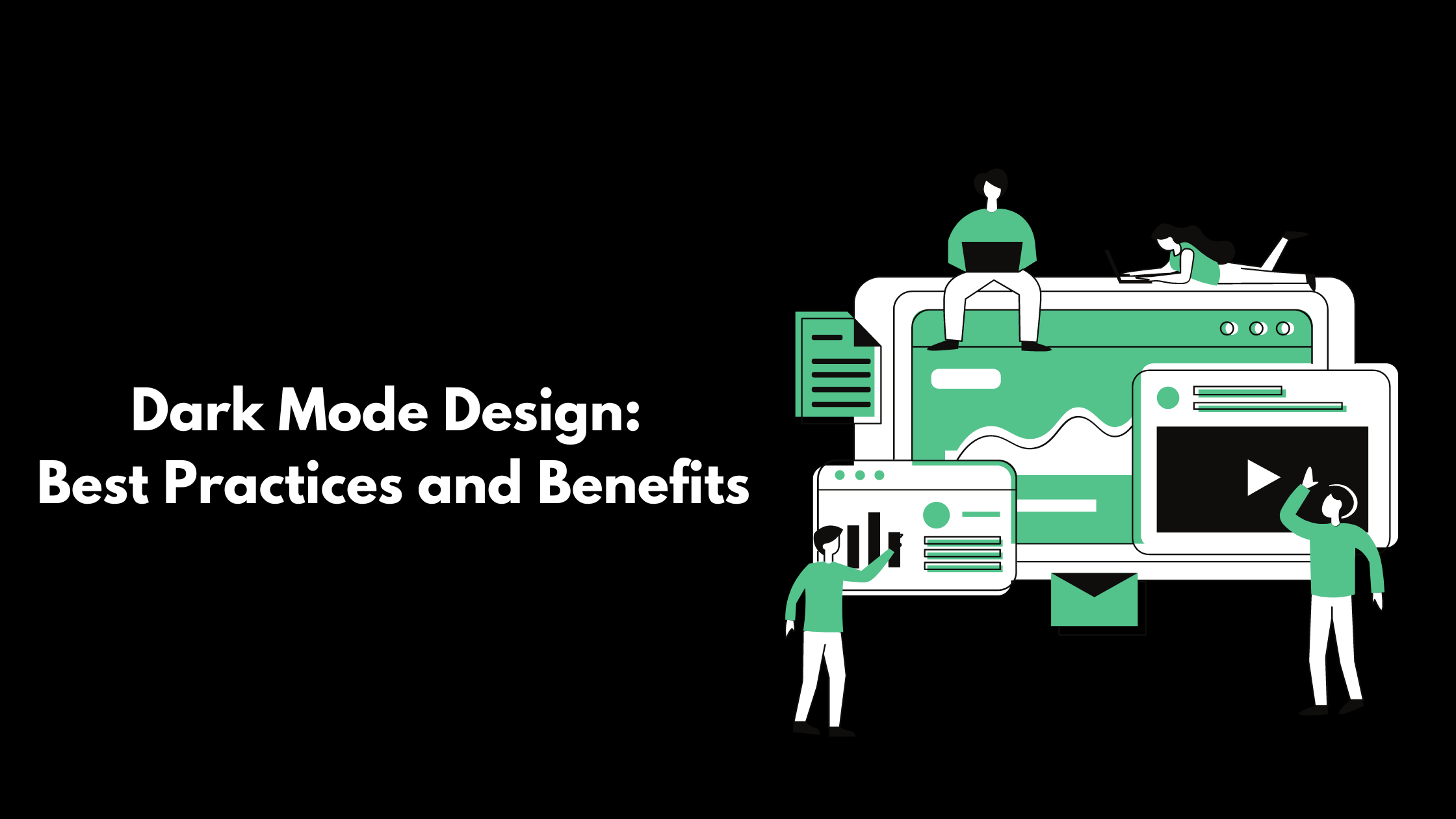
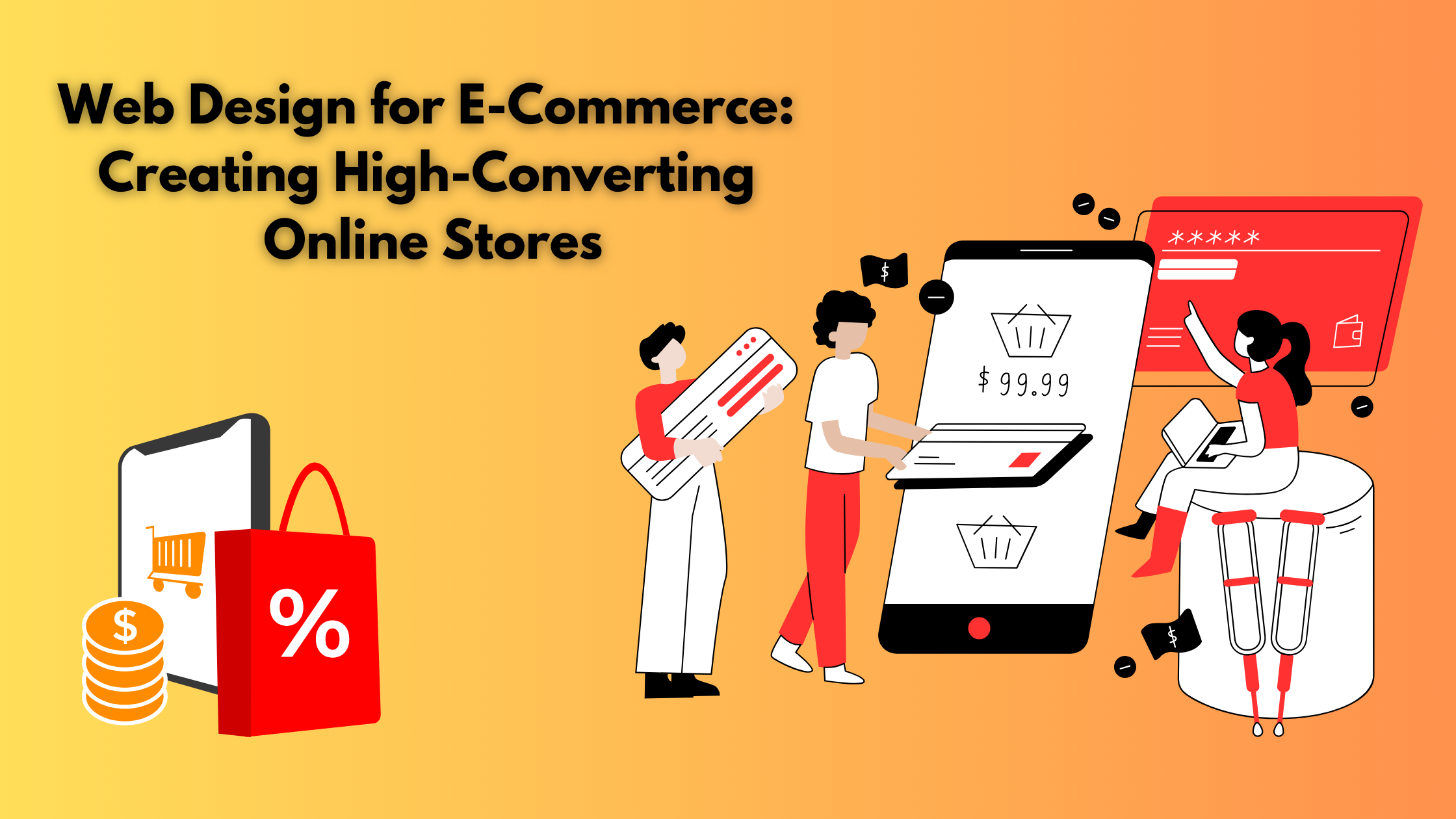


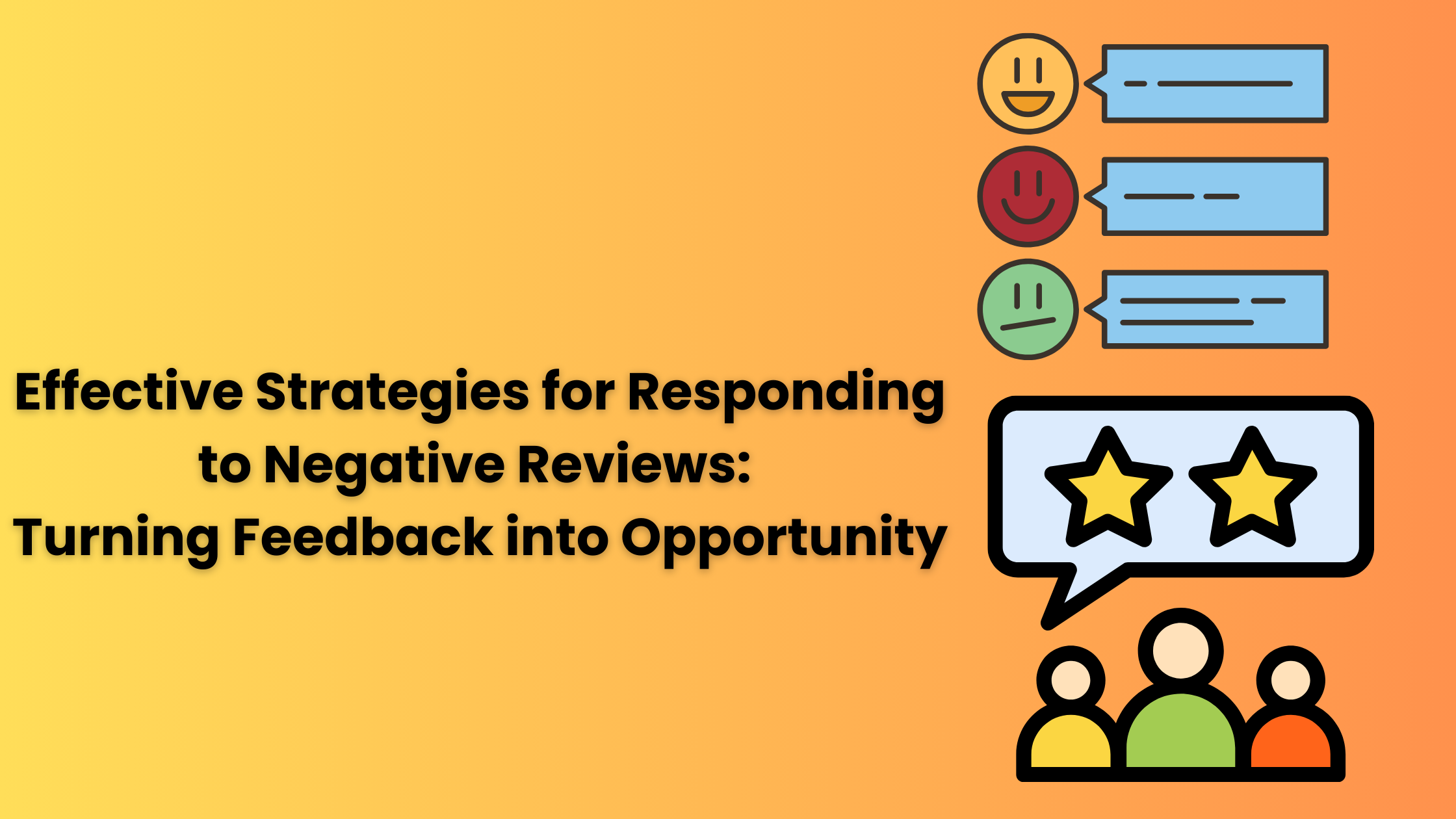
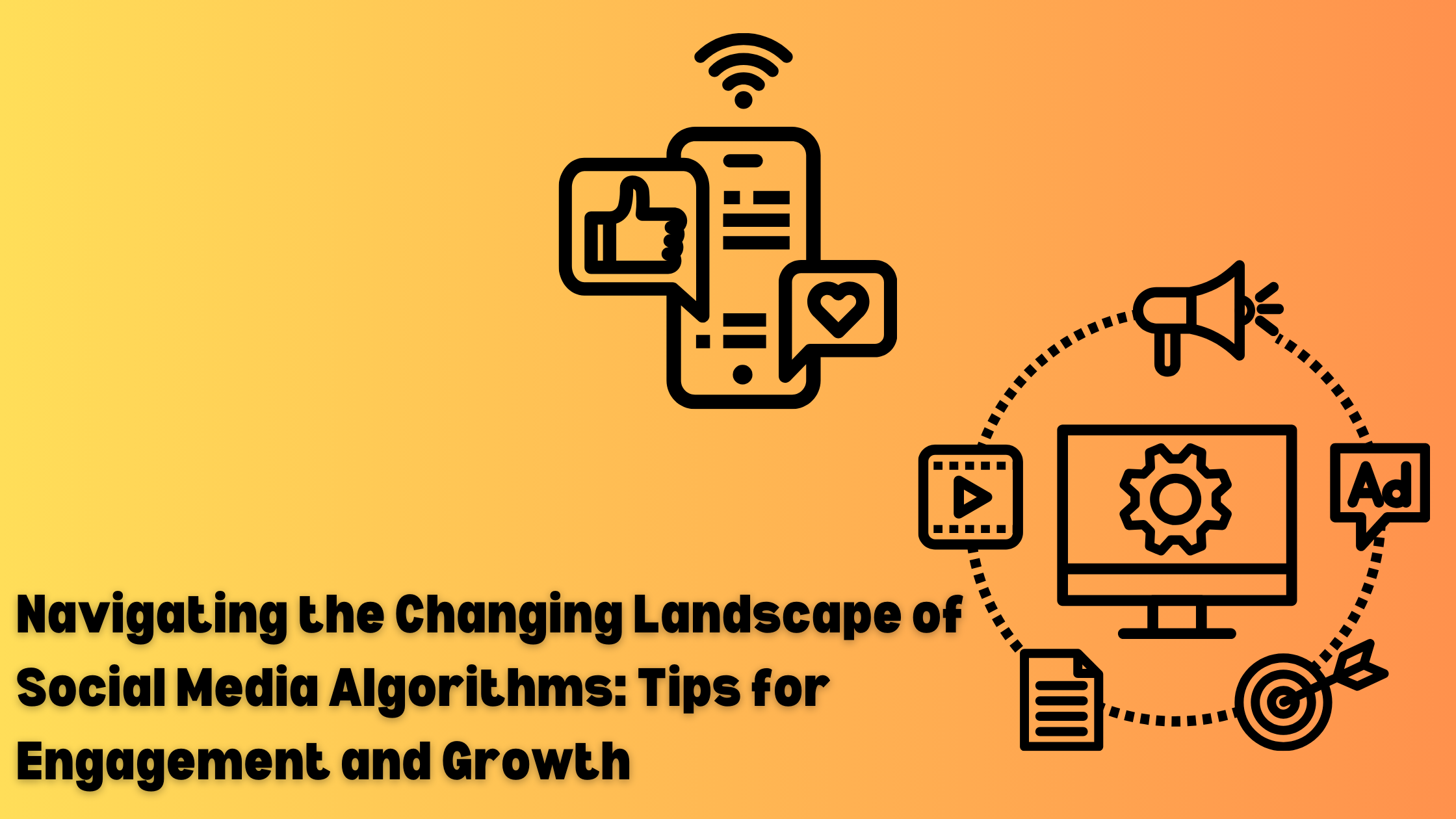




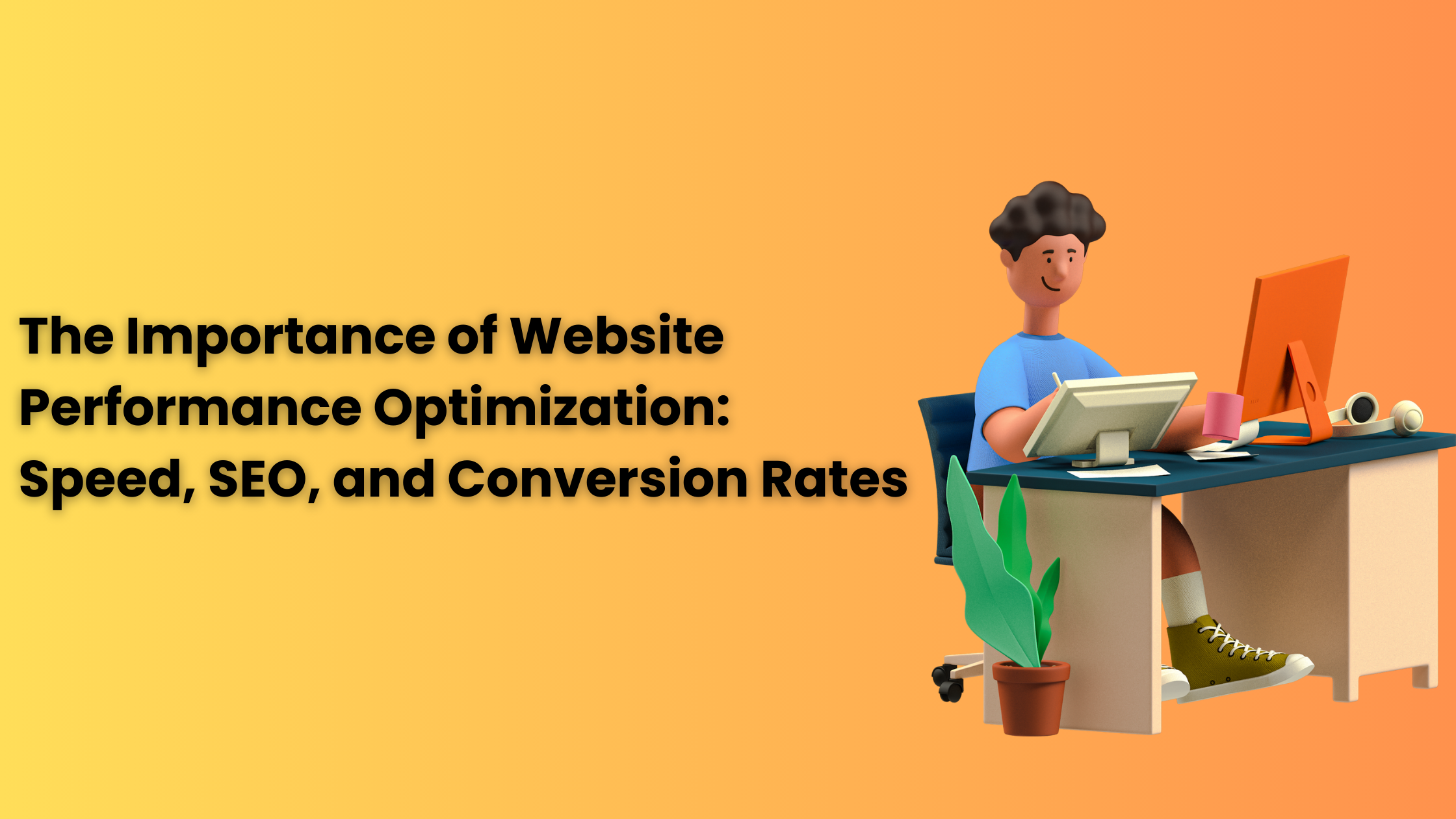



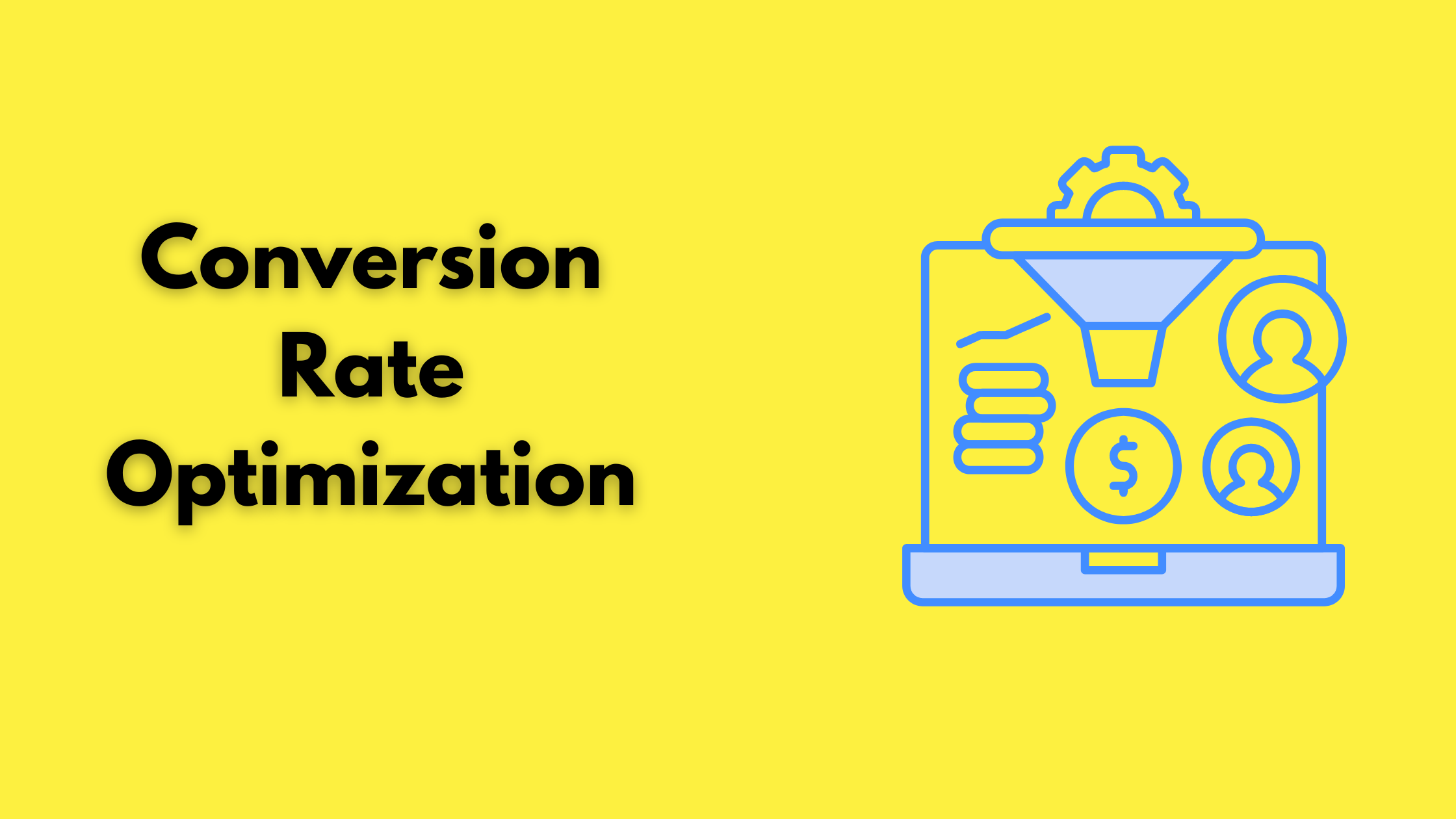

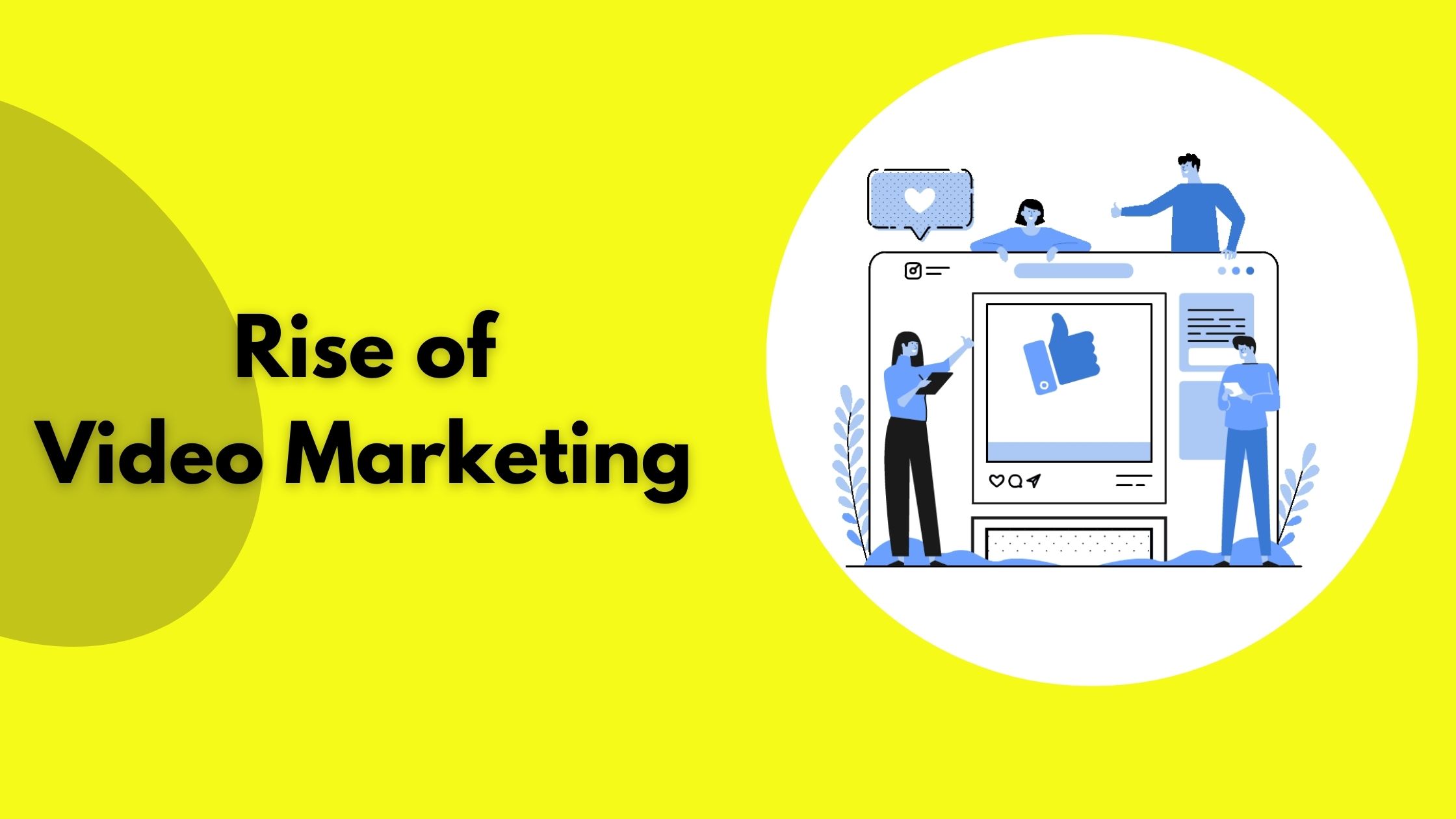




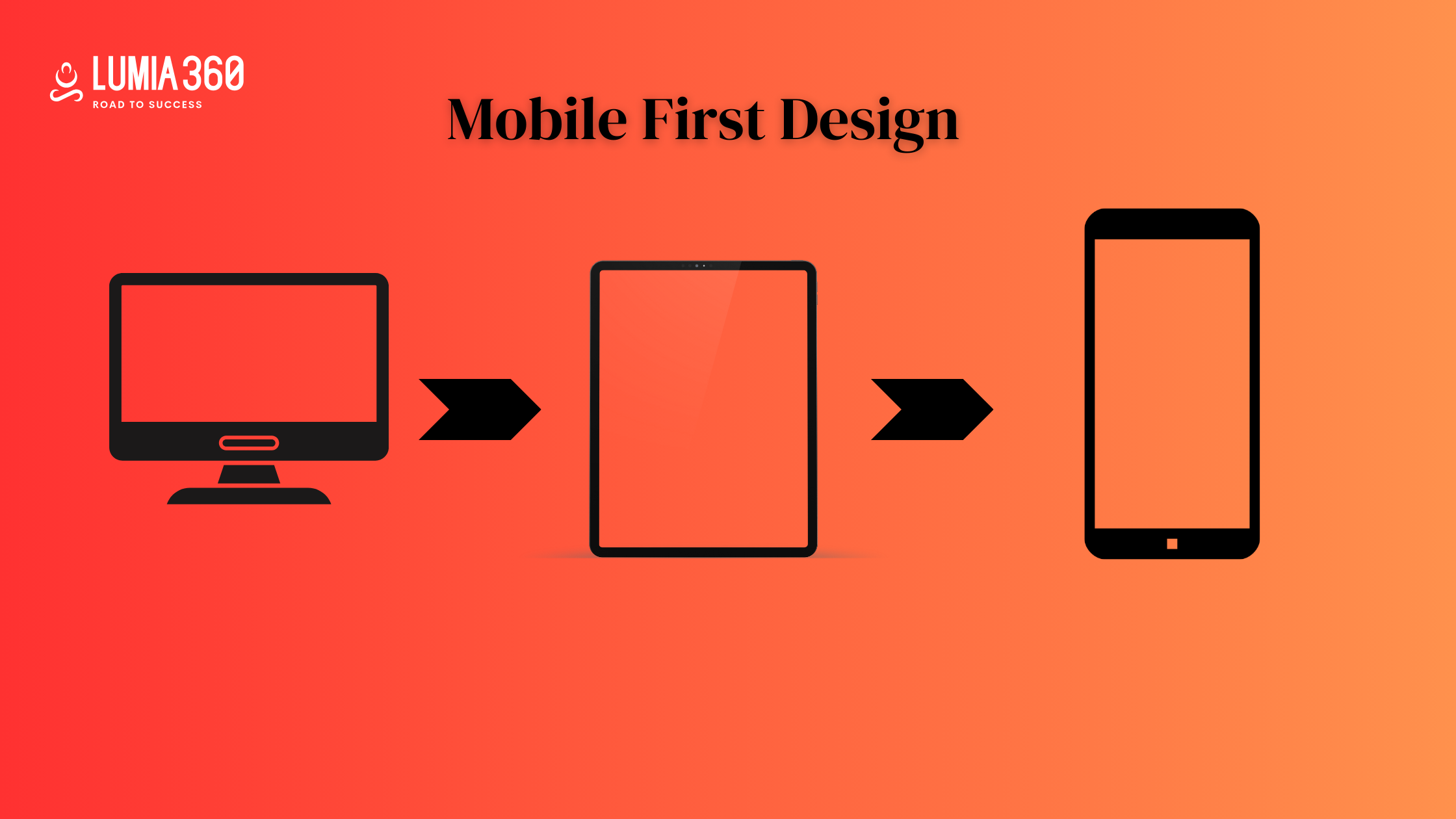

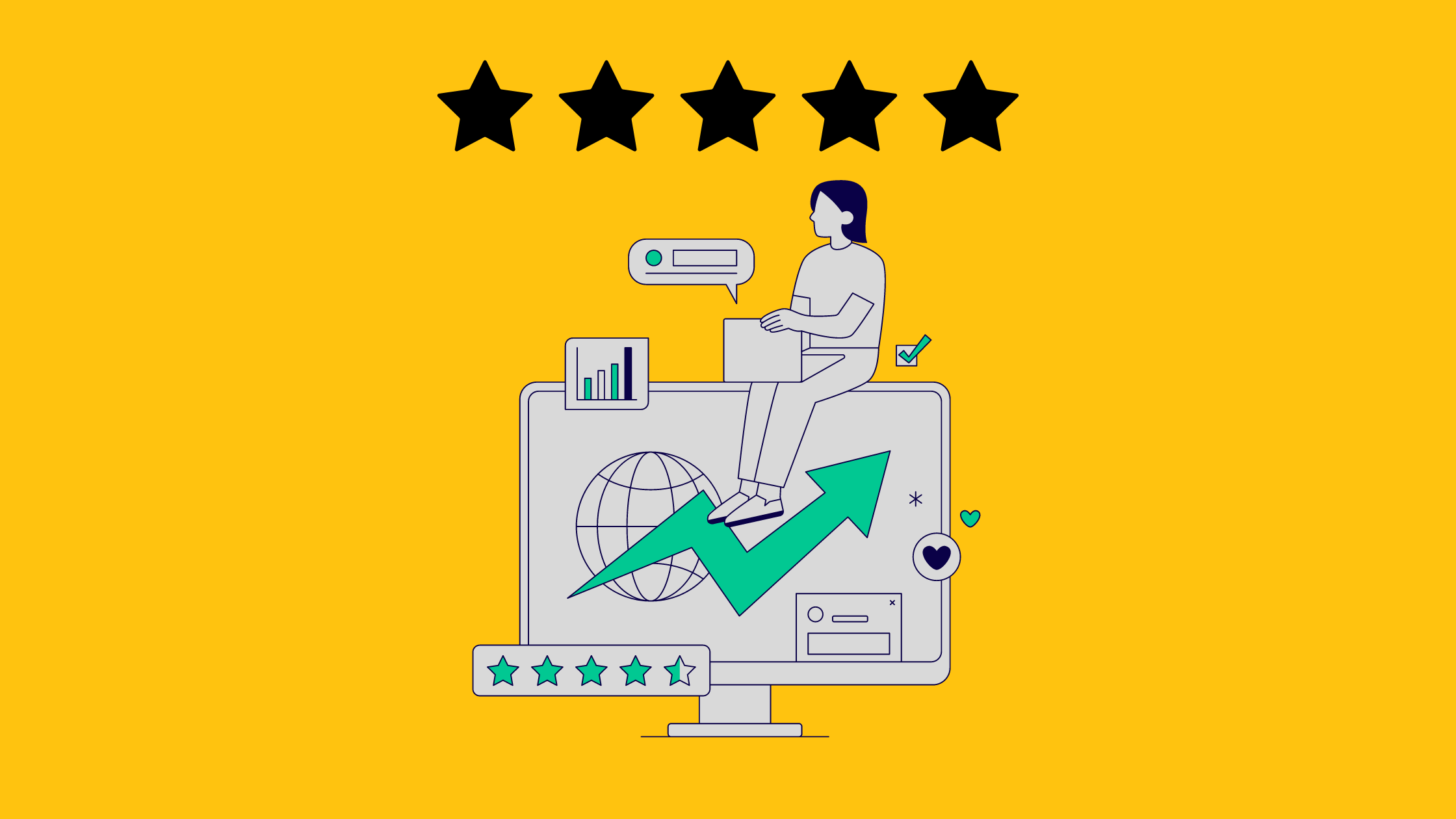



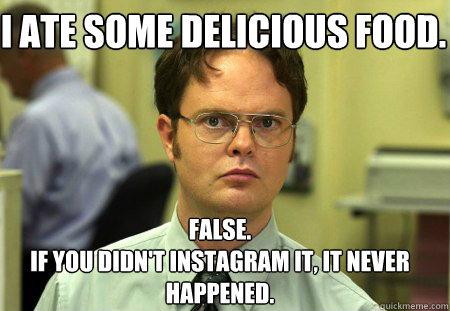

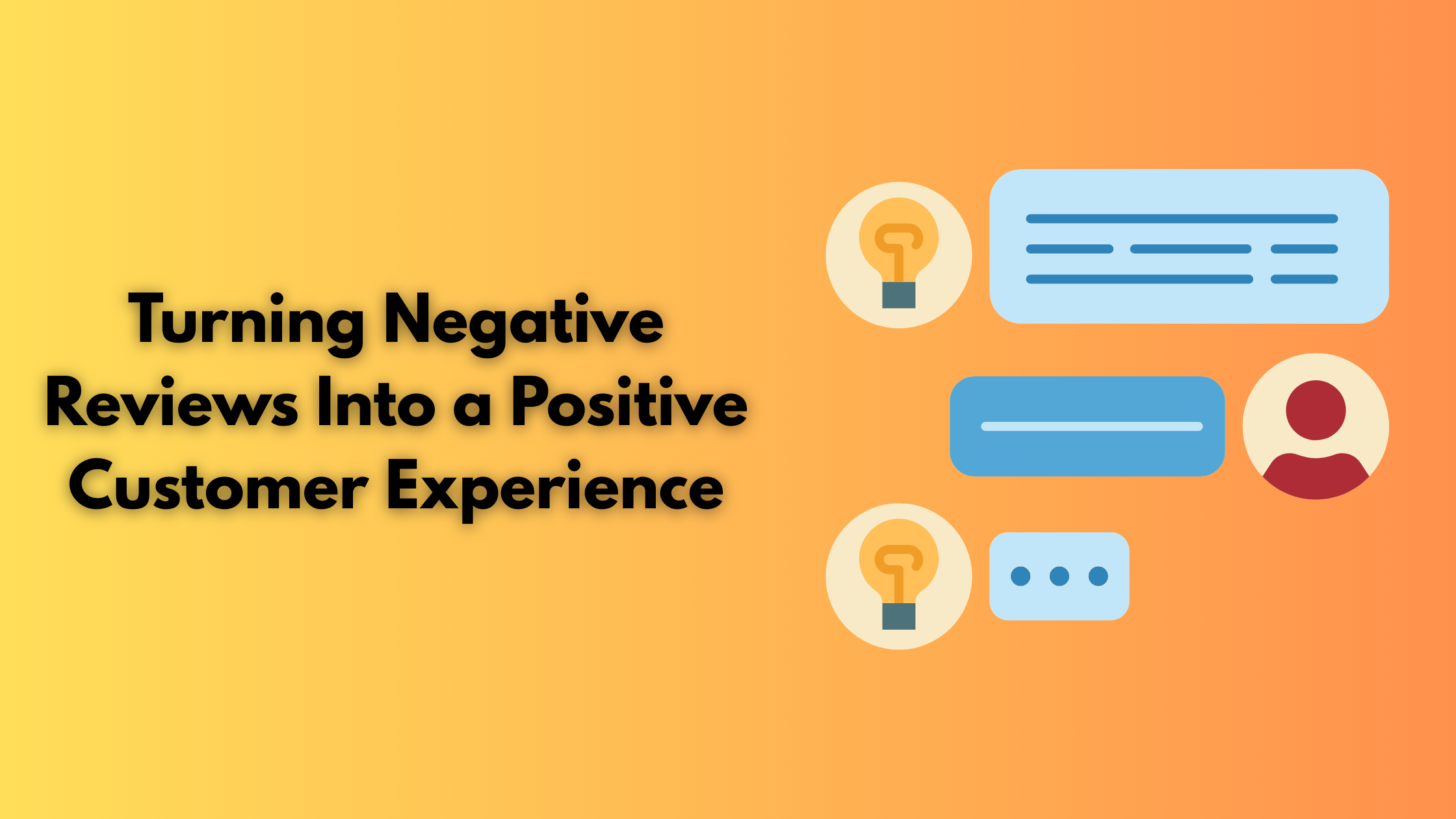
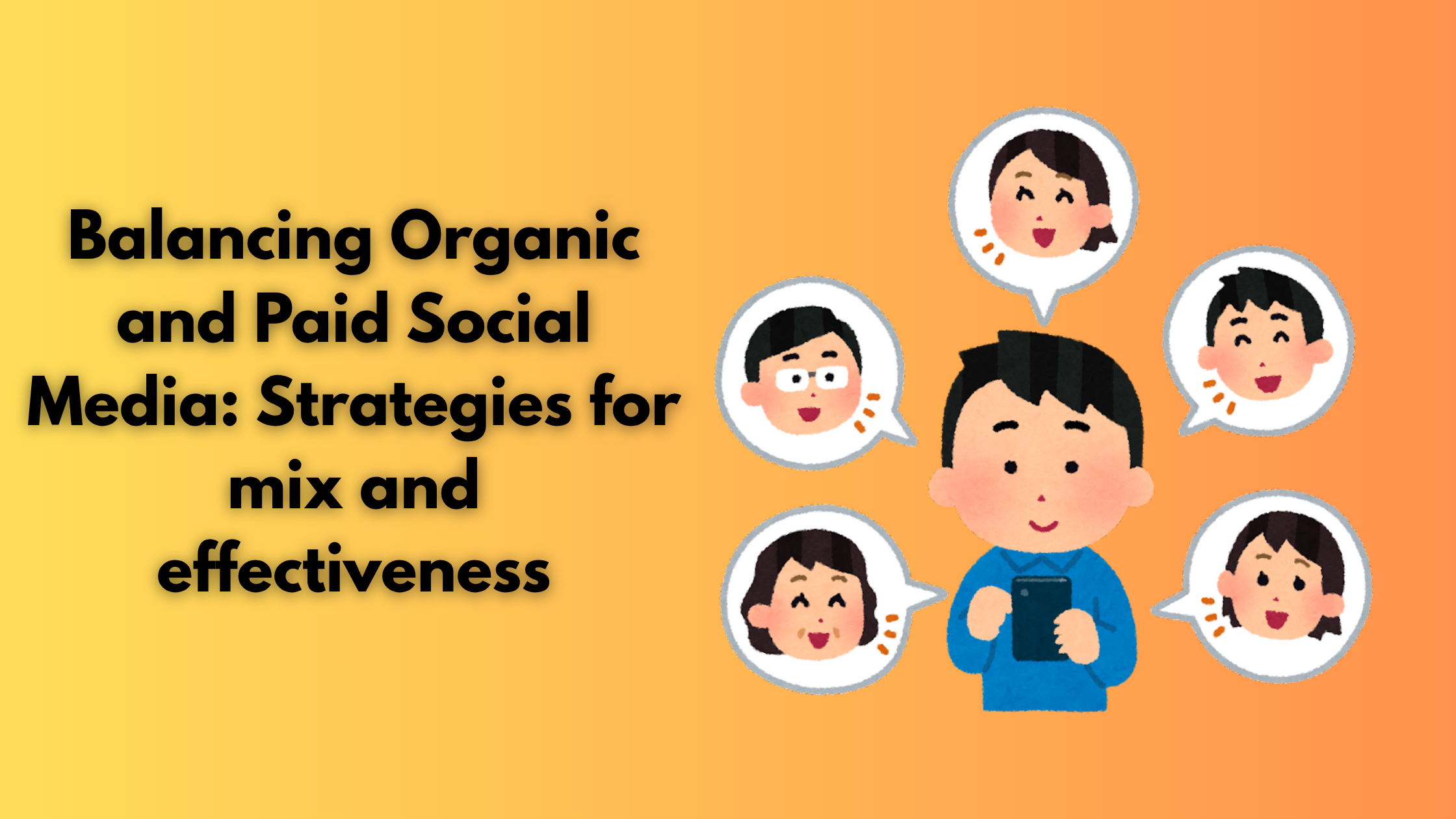

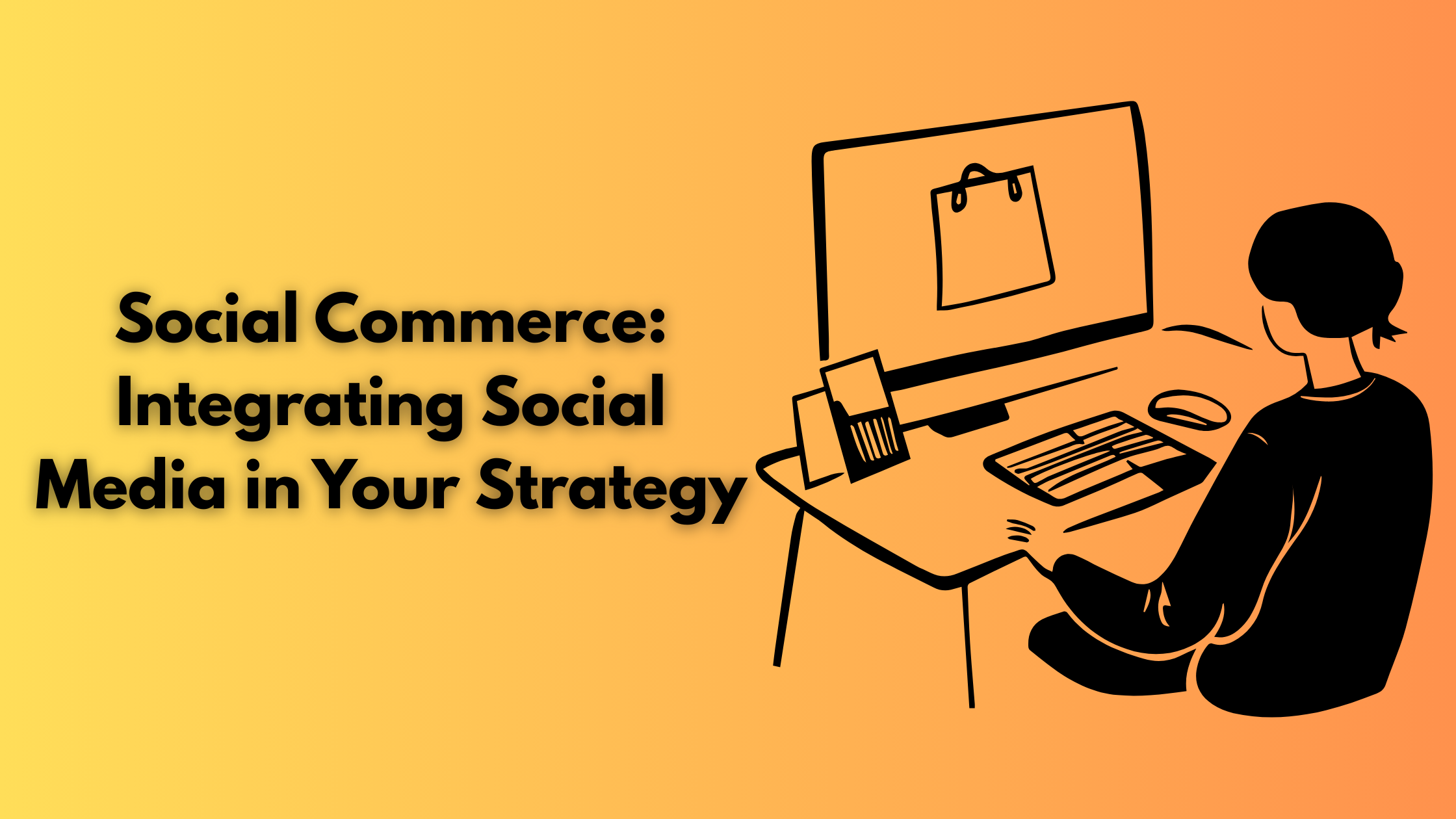

1 Comment
[…] Read Also: What is the difference between Upsell and Cross-sell? […]